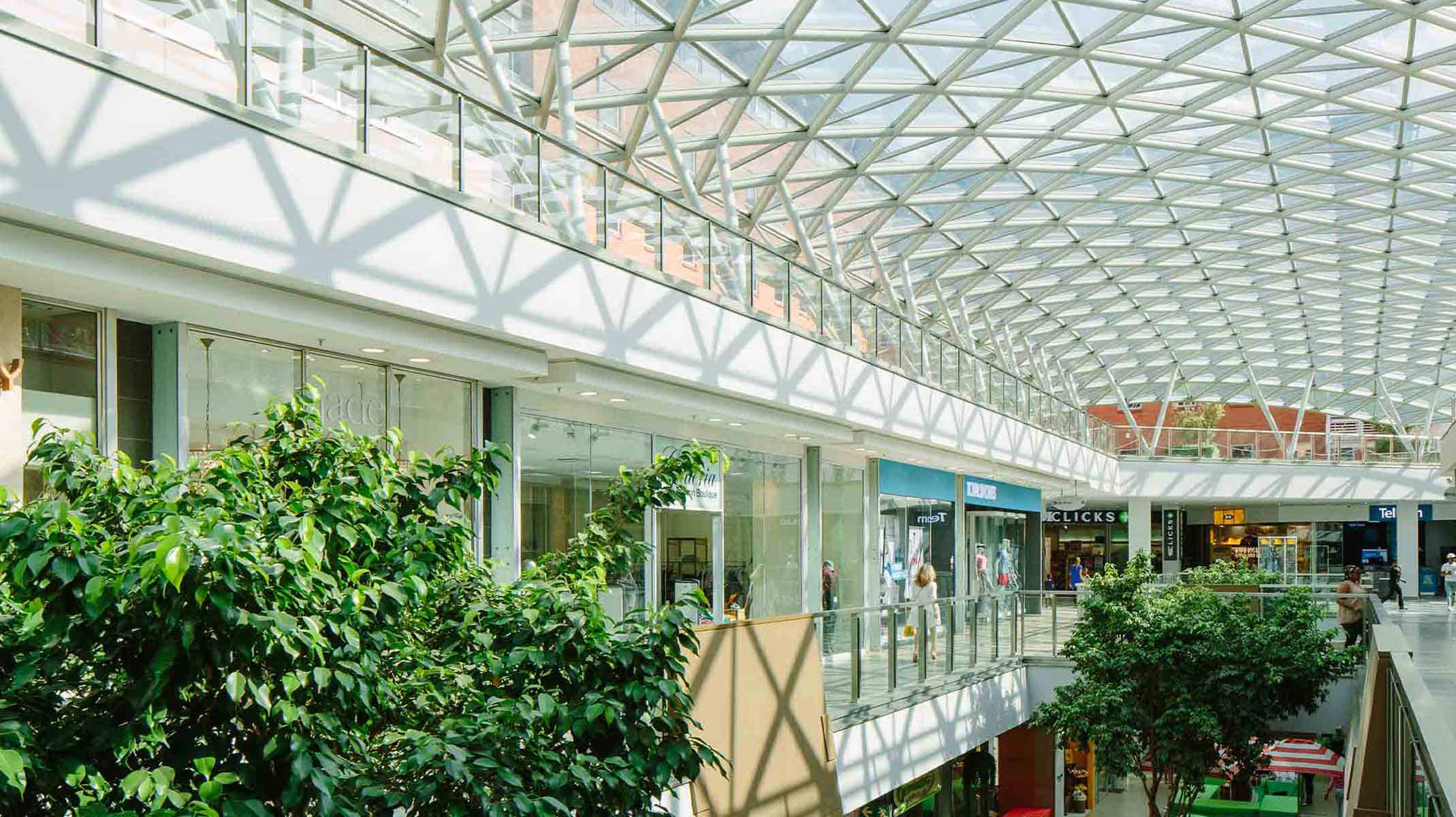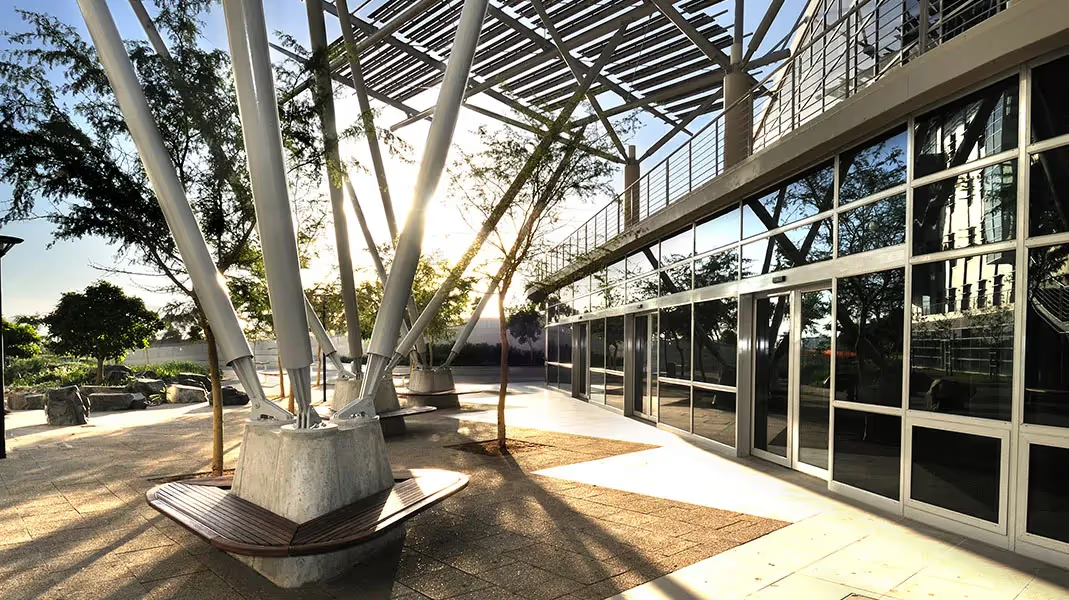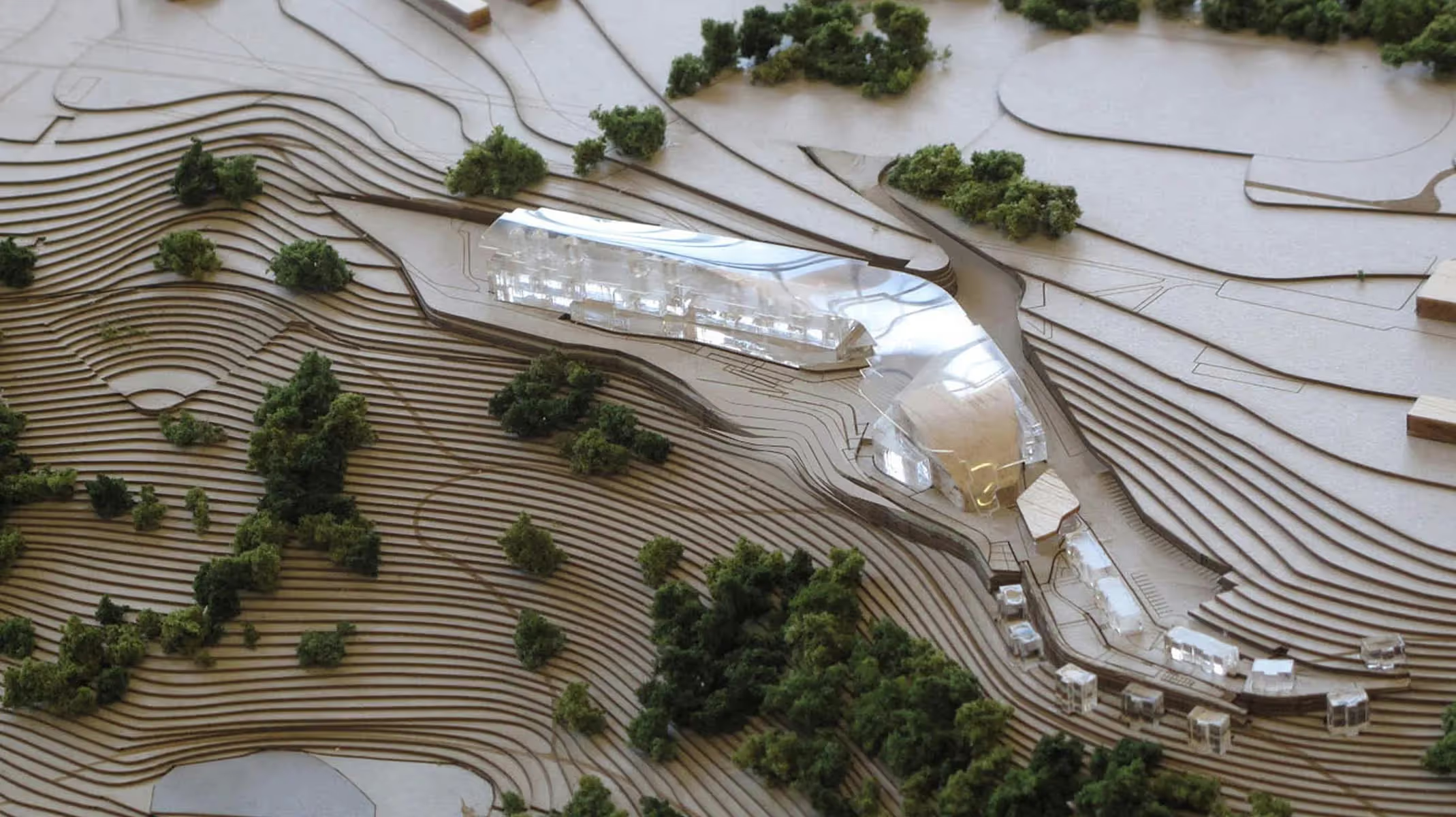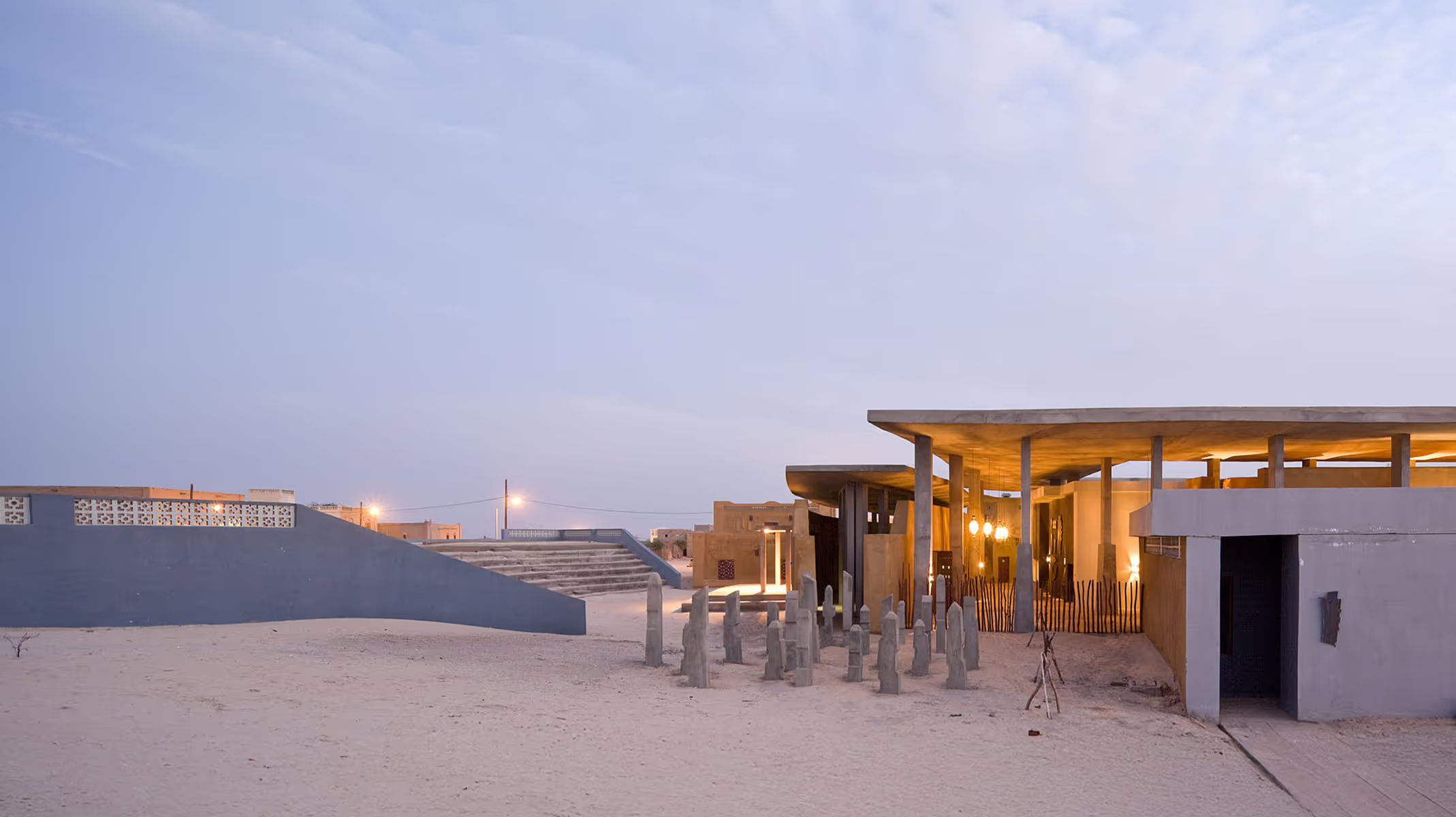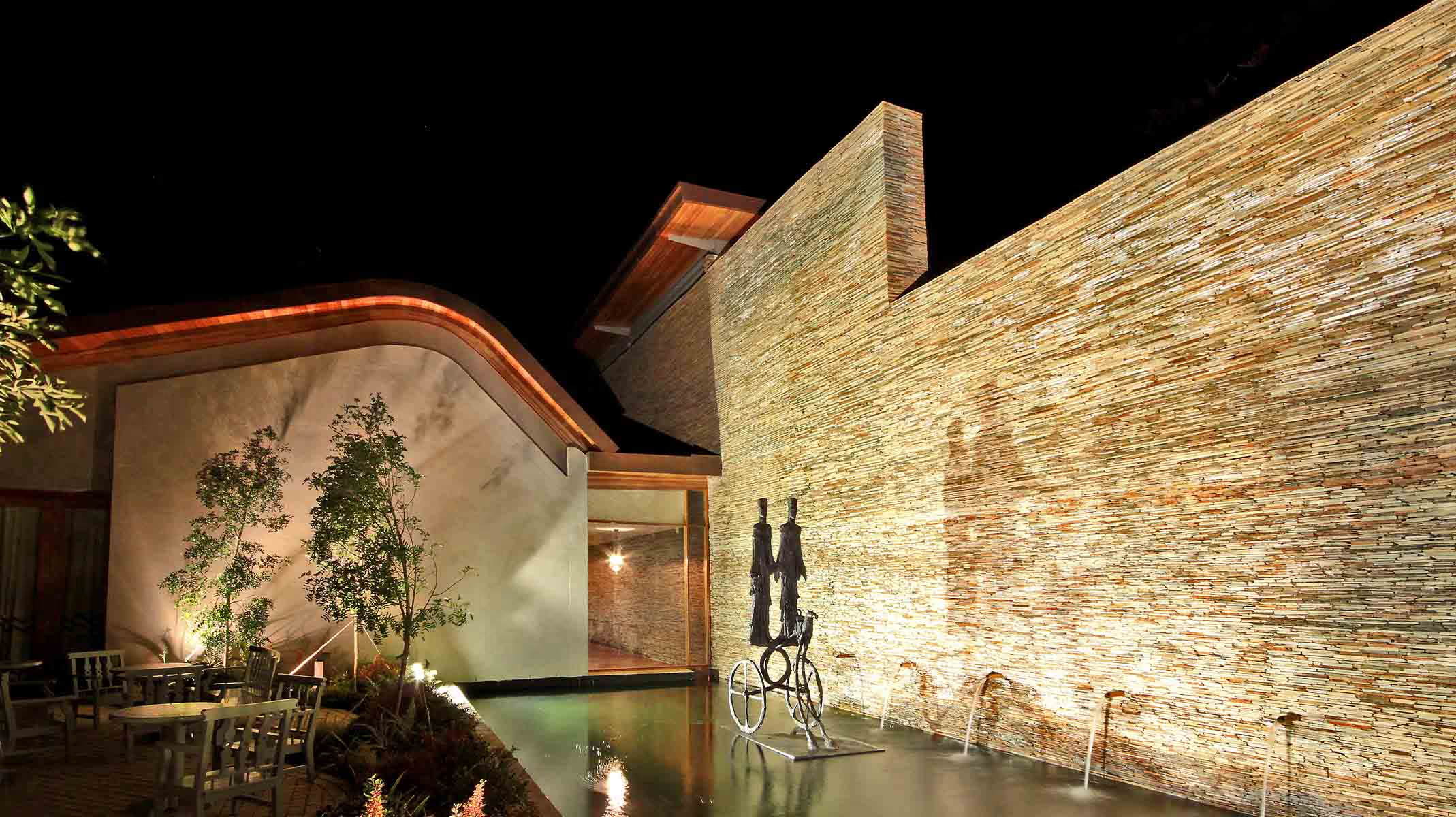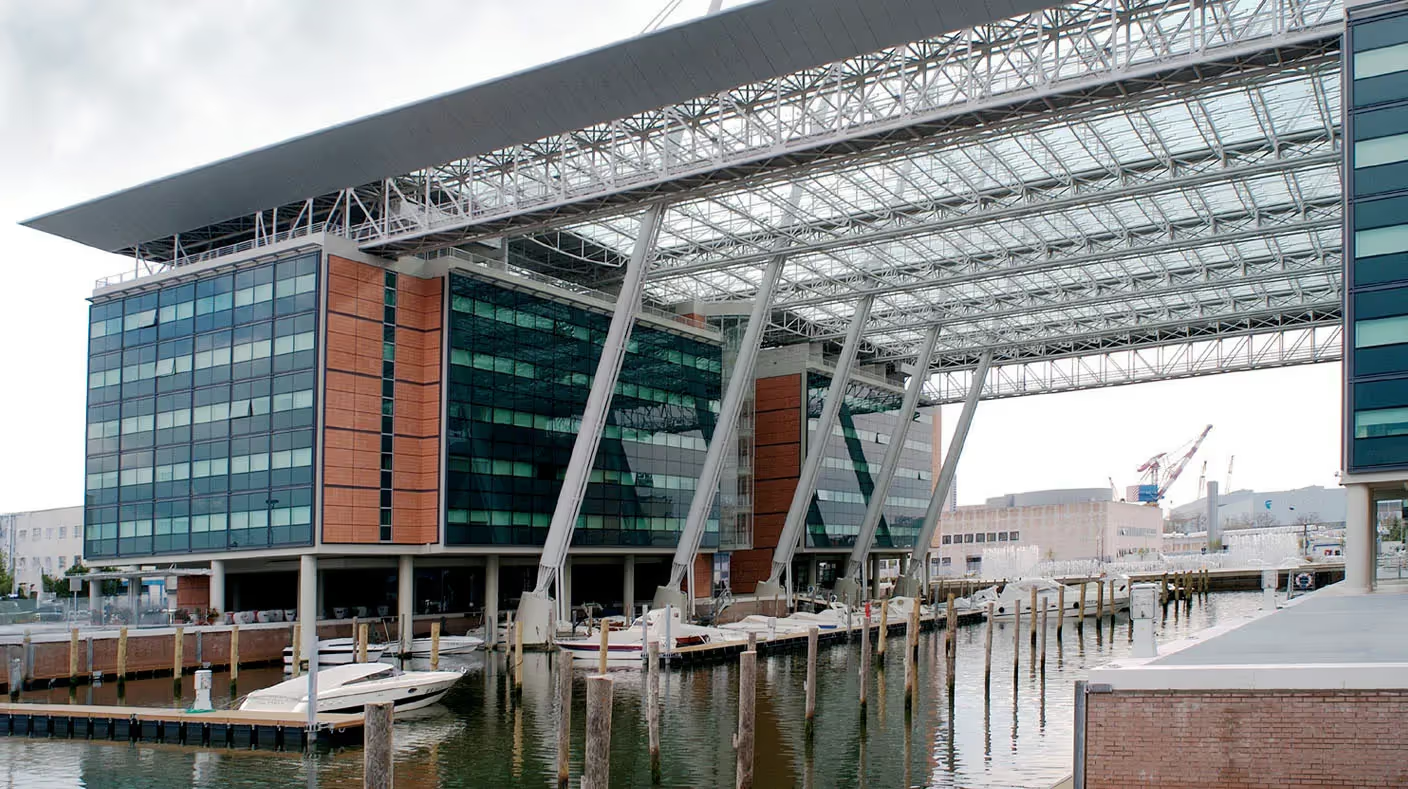[ view project ]
Launched in 2018, the Conradie Park Better Living Model is a groundbreaking 22-hectare mixed-use development located on the site of a former hospital which had stood derelict and empty for years Cape Town. It’s one of seven Western Cape Government (WCG) priority projects and sets a precedent above the traditional models delivered under national housing programmes.
We conceived the design for a new community, and lead the team in developing the masterplan, architectural concepts and public realm. The client brief was to develop an innovative model of high-density residential communities, delivering sustainable, affordable housing supported by schools, shops and workplaces .In a first for South Africa, the scheme accommodates social rental, subsidised sale and open market housing typologies on the same site. These housing types are set in a mixed-use environment offering diverse amenities and services, in a high-quality urban environment that facilitates equitable access, creating strong community bonds and identity.
The masterplan reinterprets a previous development framework, to create a grid pattern of streets and perimeter blocks, with a consistent, legible high-quality public space network. Buildings sit within a permeable network of public streets, squares, parks and piazzas, with generous tree-lined sidewalks and a linear park along the Elsieskraal canal – the Grande Park. While the site’s previous use is largely erased, the heritage assessment requires the retention of two original buildings, and two routes that cut diagonally through the site. The proposed layout responds to these by rotating the grid at 45° to align with the eastern diagonal, as well as the geometry of the canal and Grande Park along the southeast boundary of the site. This rotated grid optimises the efficiency of the site, optimises building orientation, and creates a legible yet dynamic internal spatial environment.
Small block sizes with a fine-grain network of streets and walkways facilitate permeability and strengthen the sense of neighbourhood. The scheme prioritises pedestrians with wide sidewalks, footpaths and cycling paths, and a streetscape that functions as public space network instead of simply accommodating cars.
Green technologies support energy, water and waste management practices. Sitewide sustainable urban drainage infrastructure, to support storm-water attenuation, is designed as a public amenity.
We’re delivering the project in association with Jakupa Architects and Urban Designers and collaborated with GreenInc on the landscape and public space design.



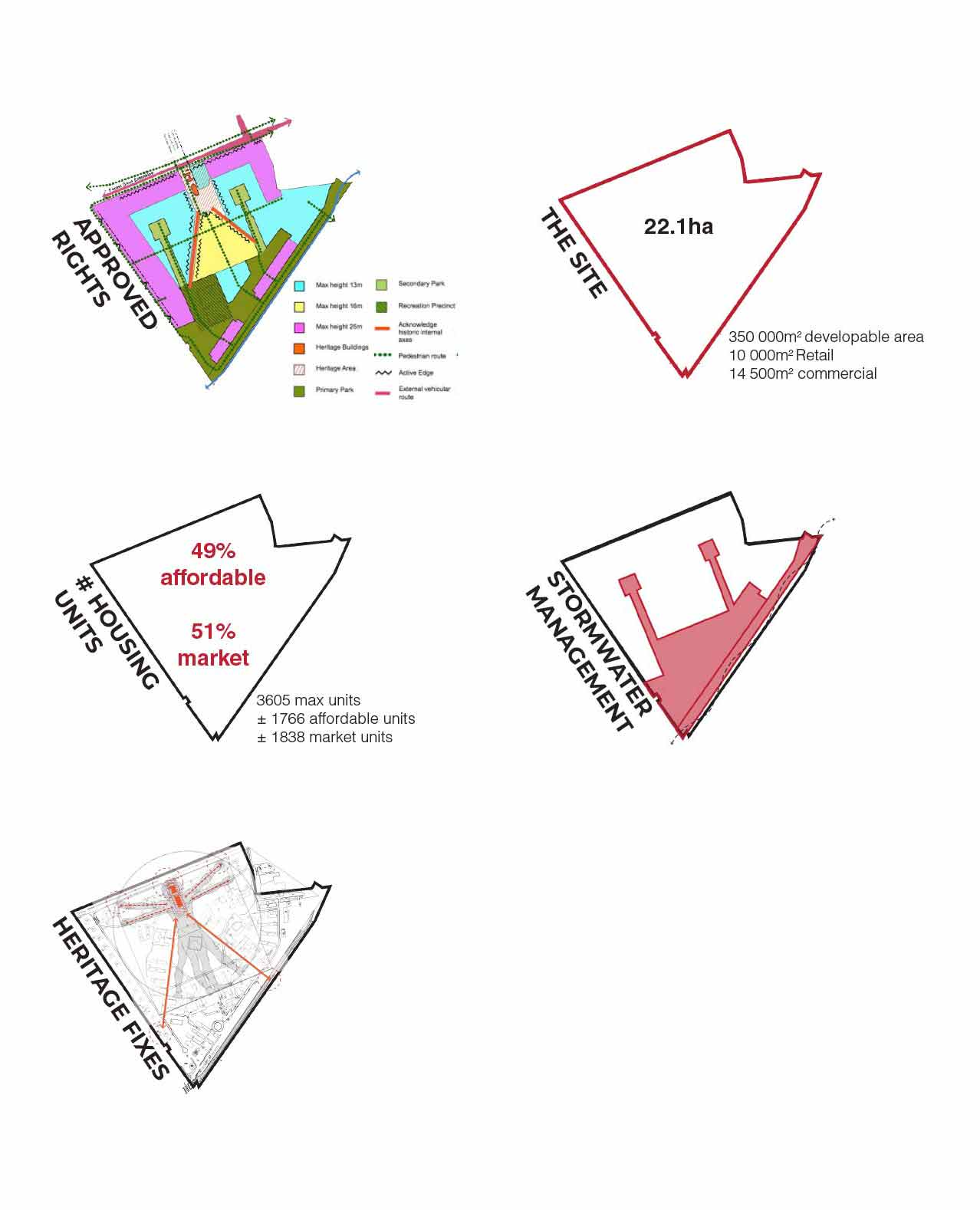
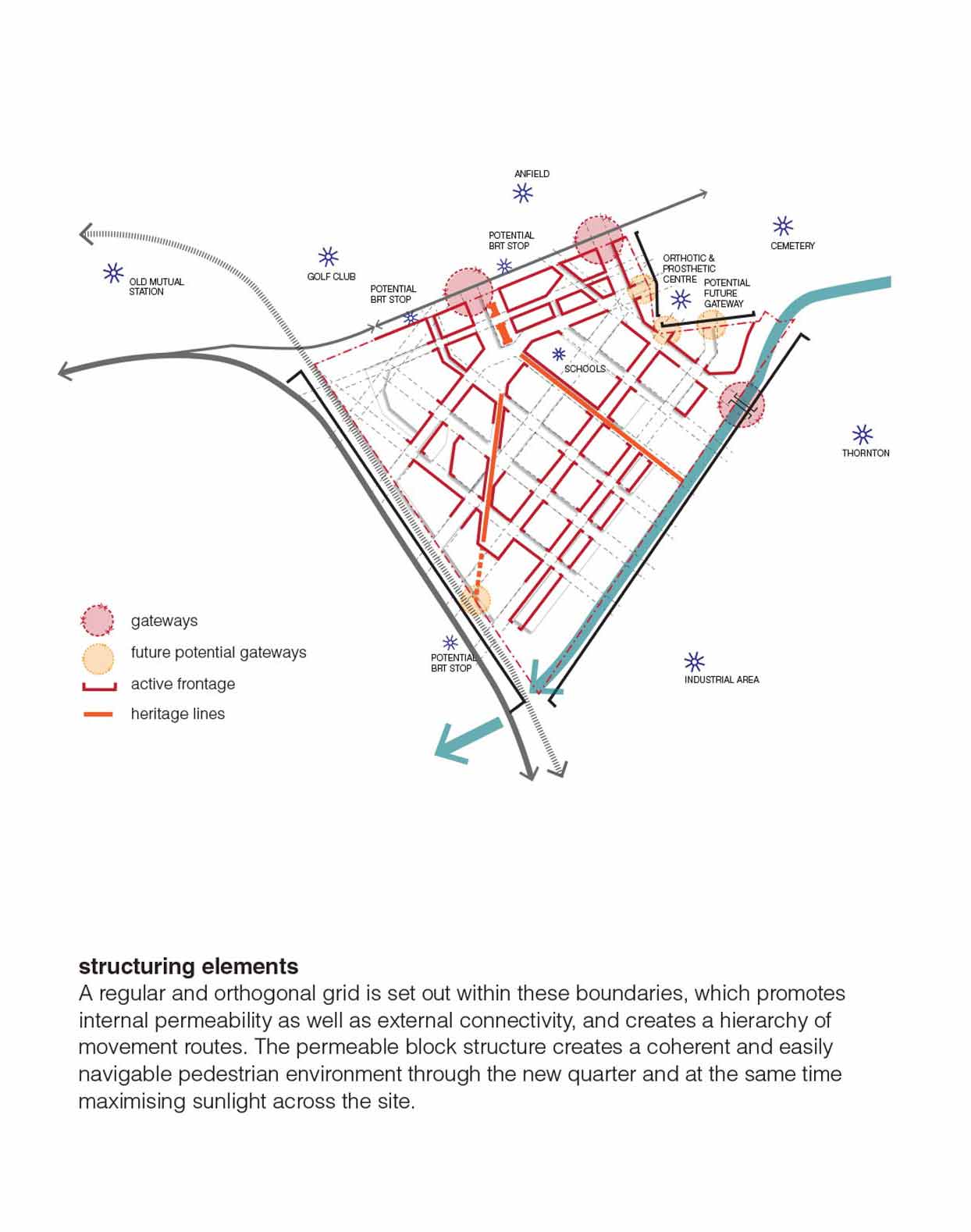
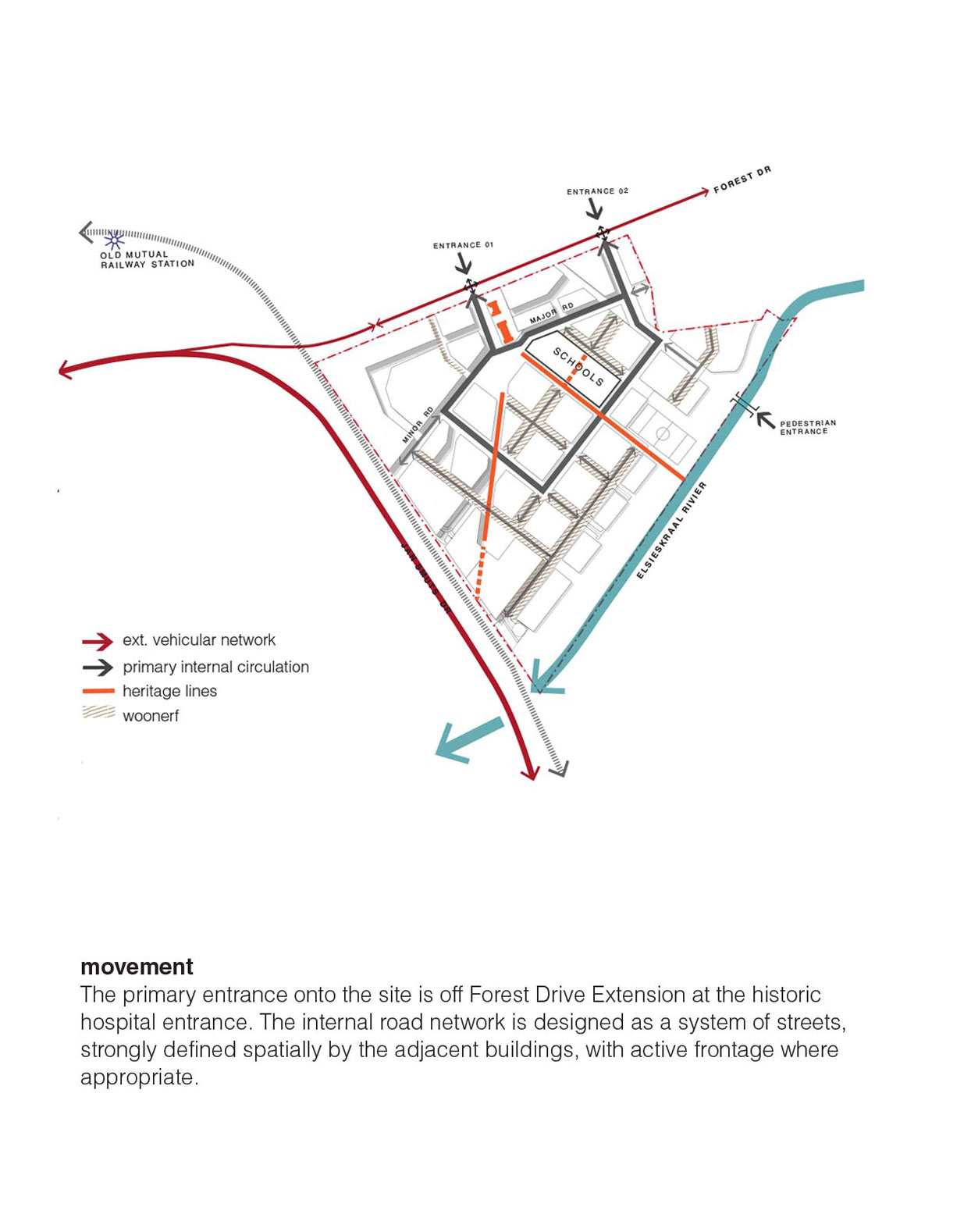
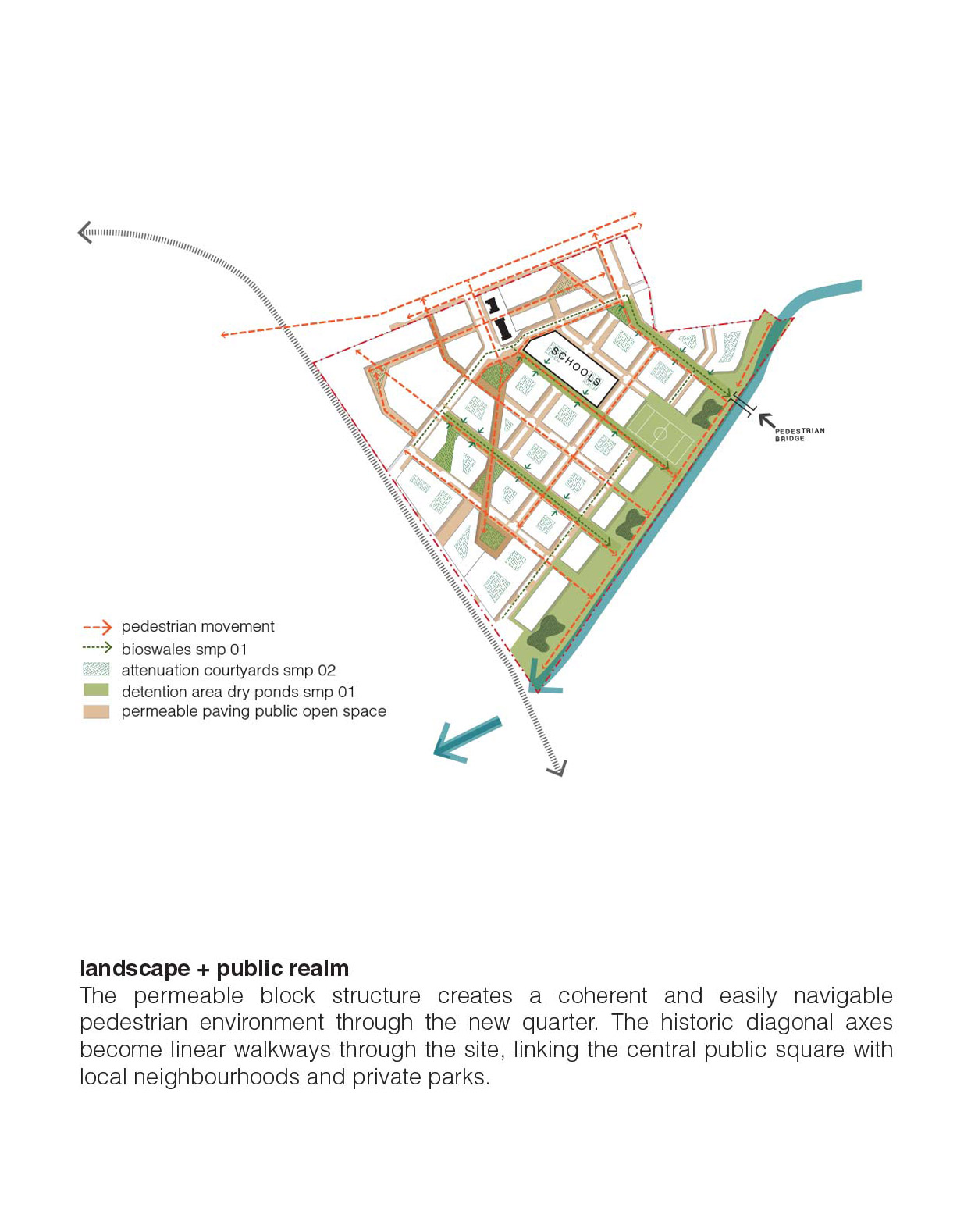
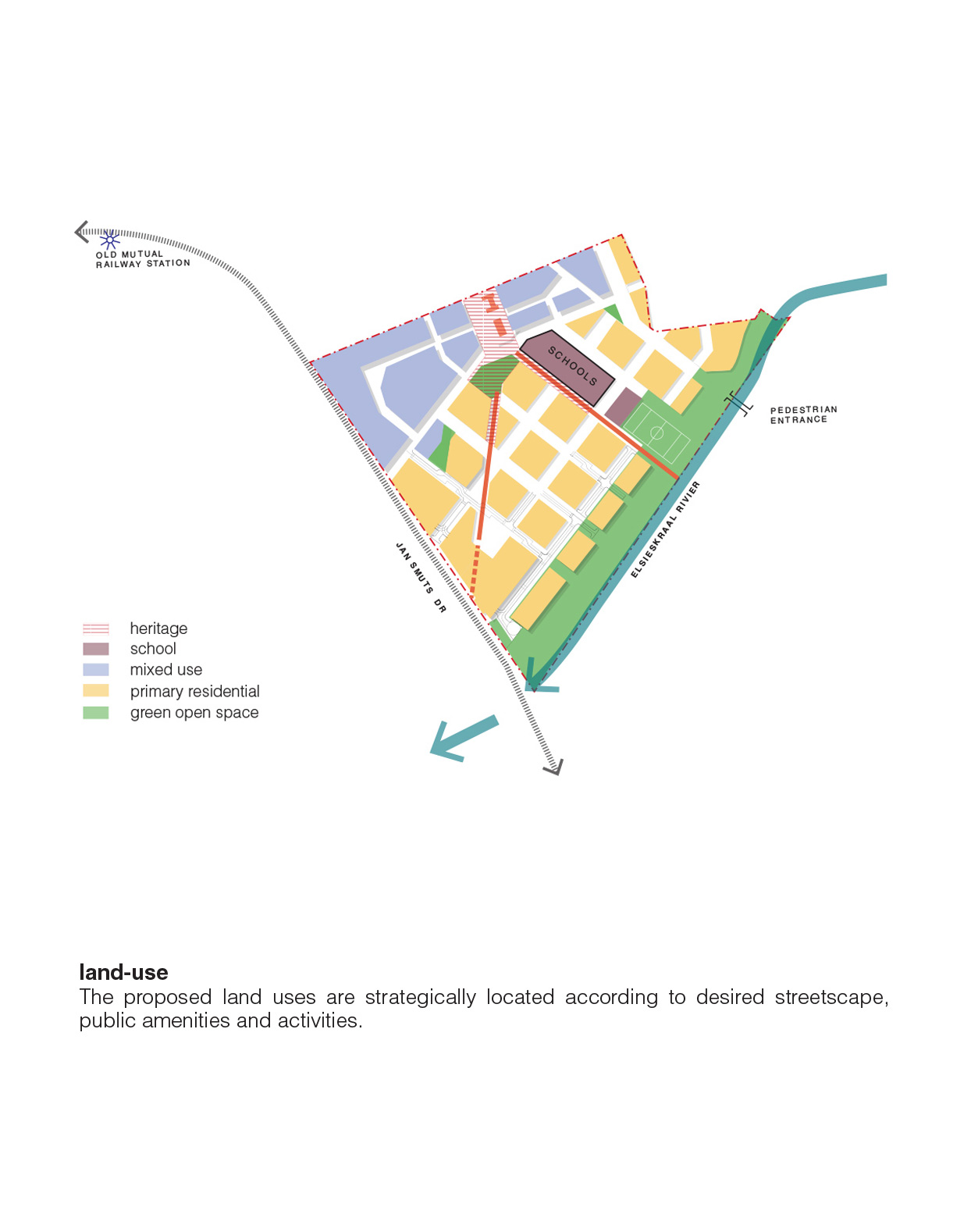
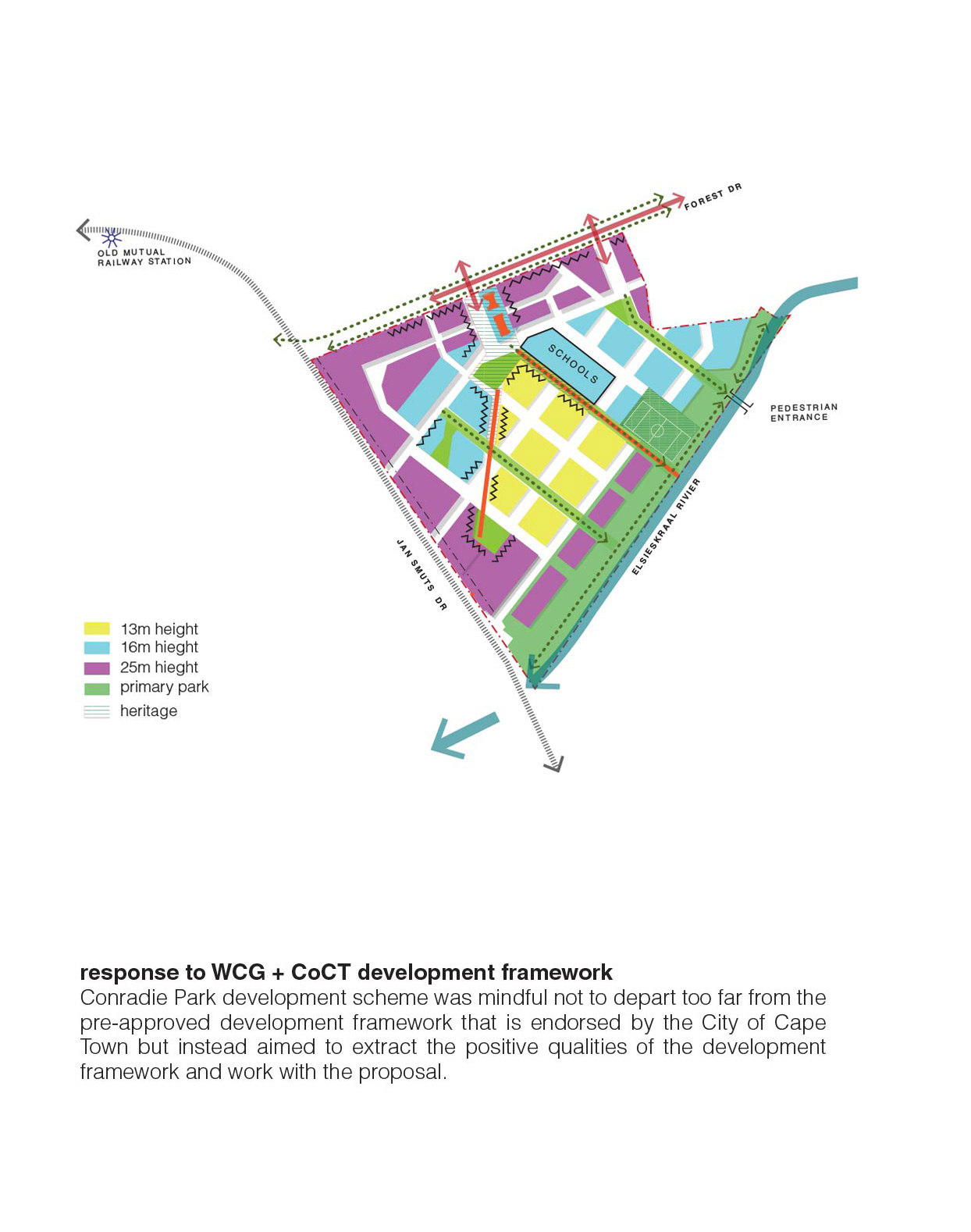
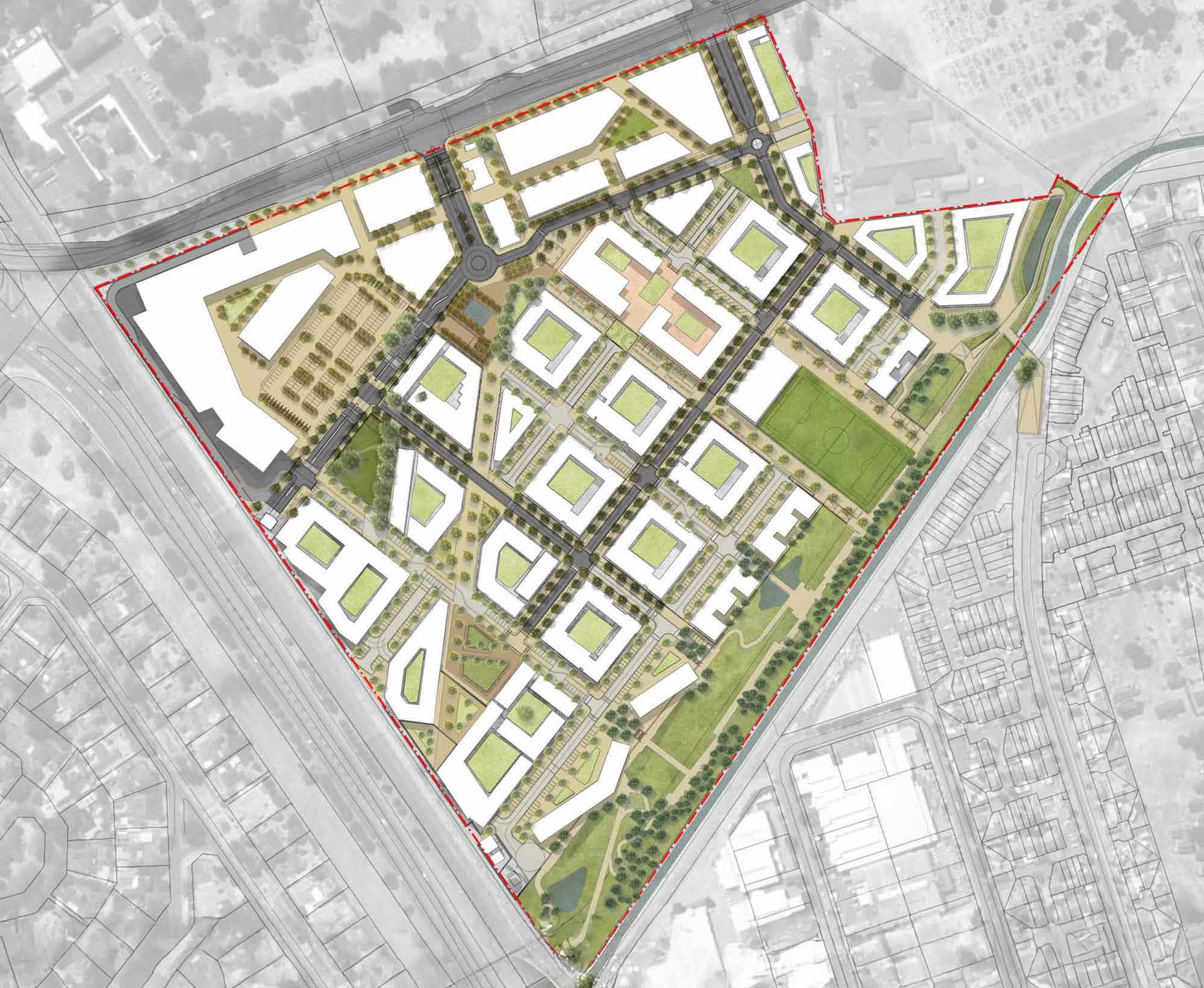

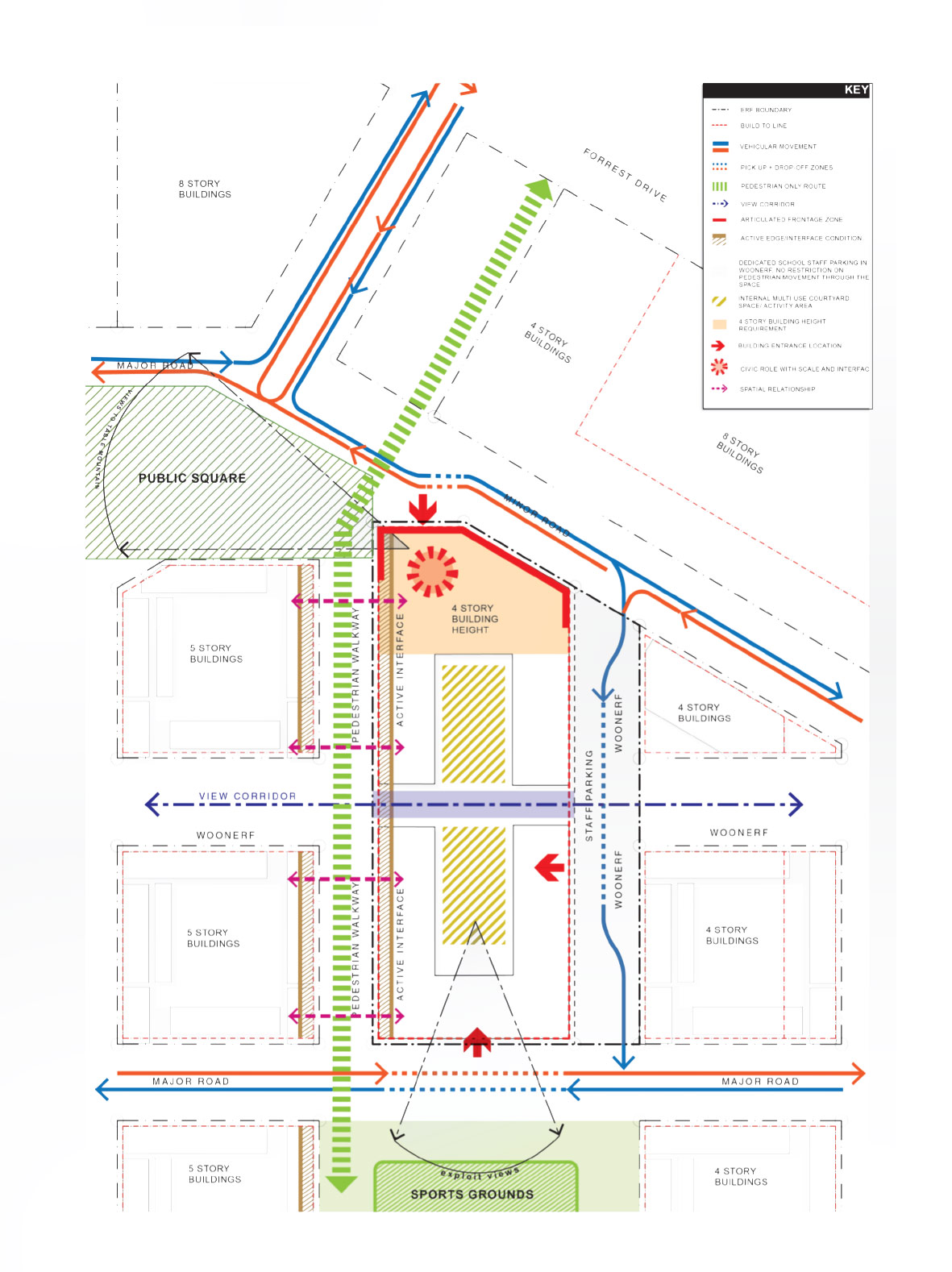
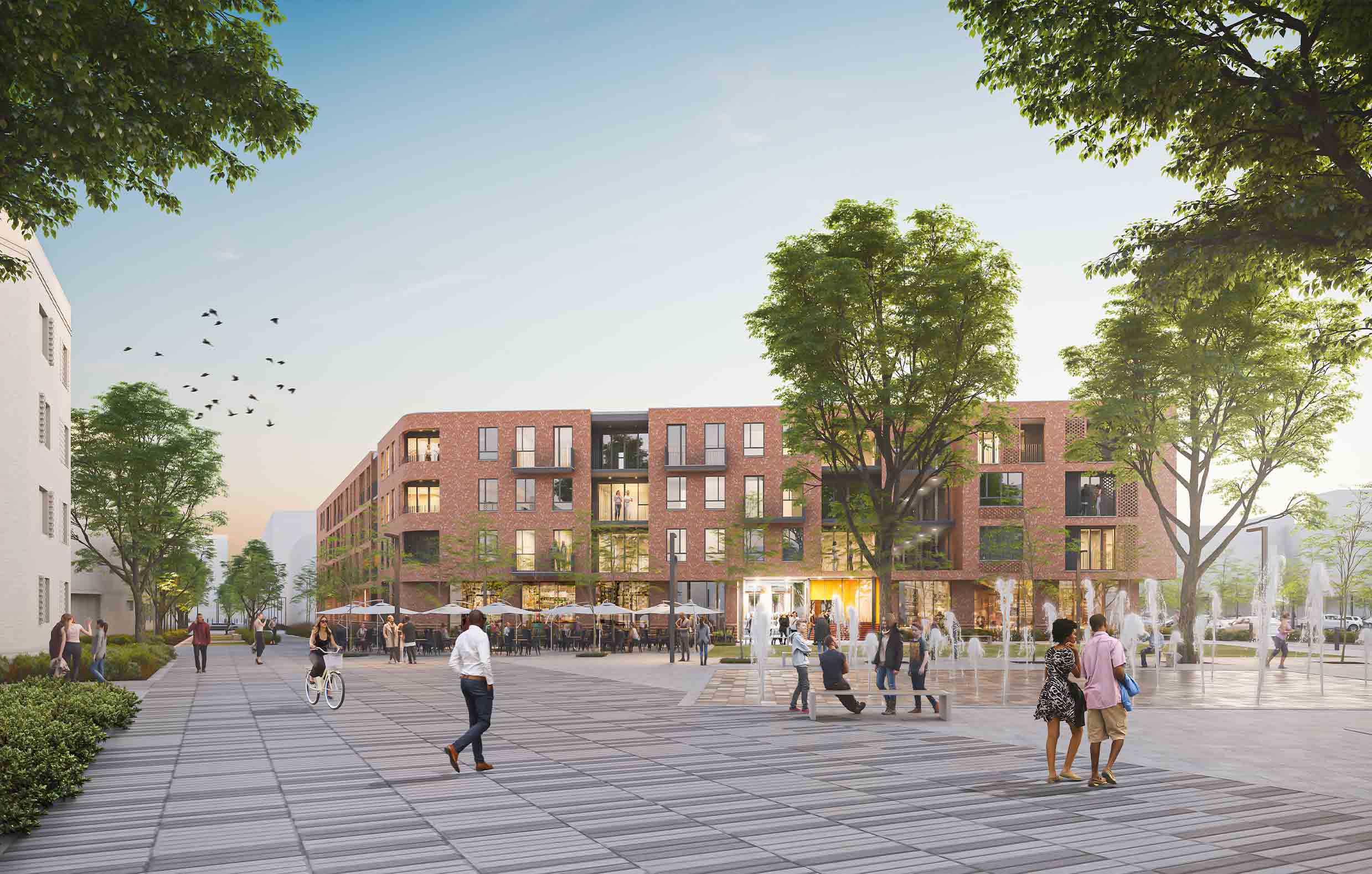

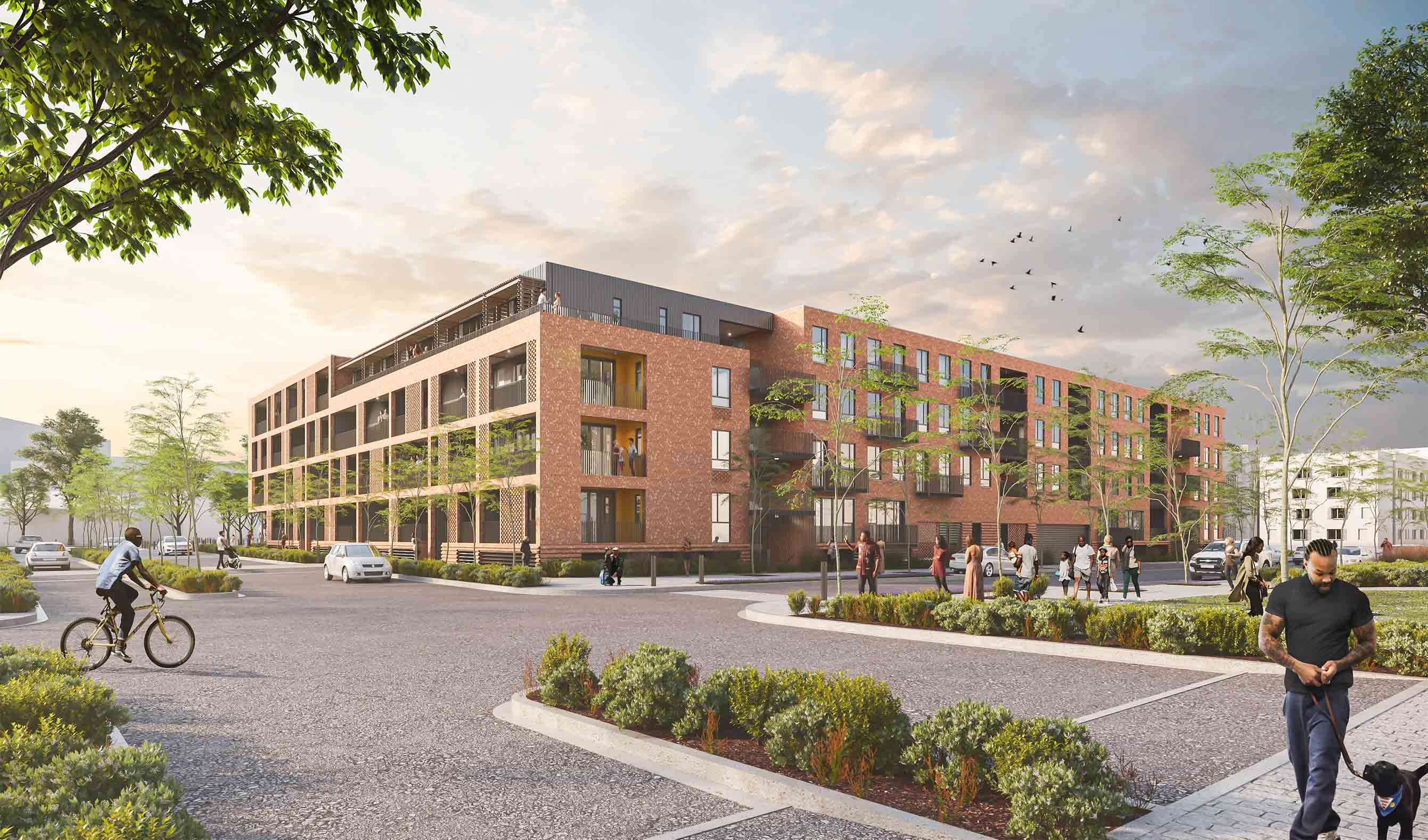
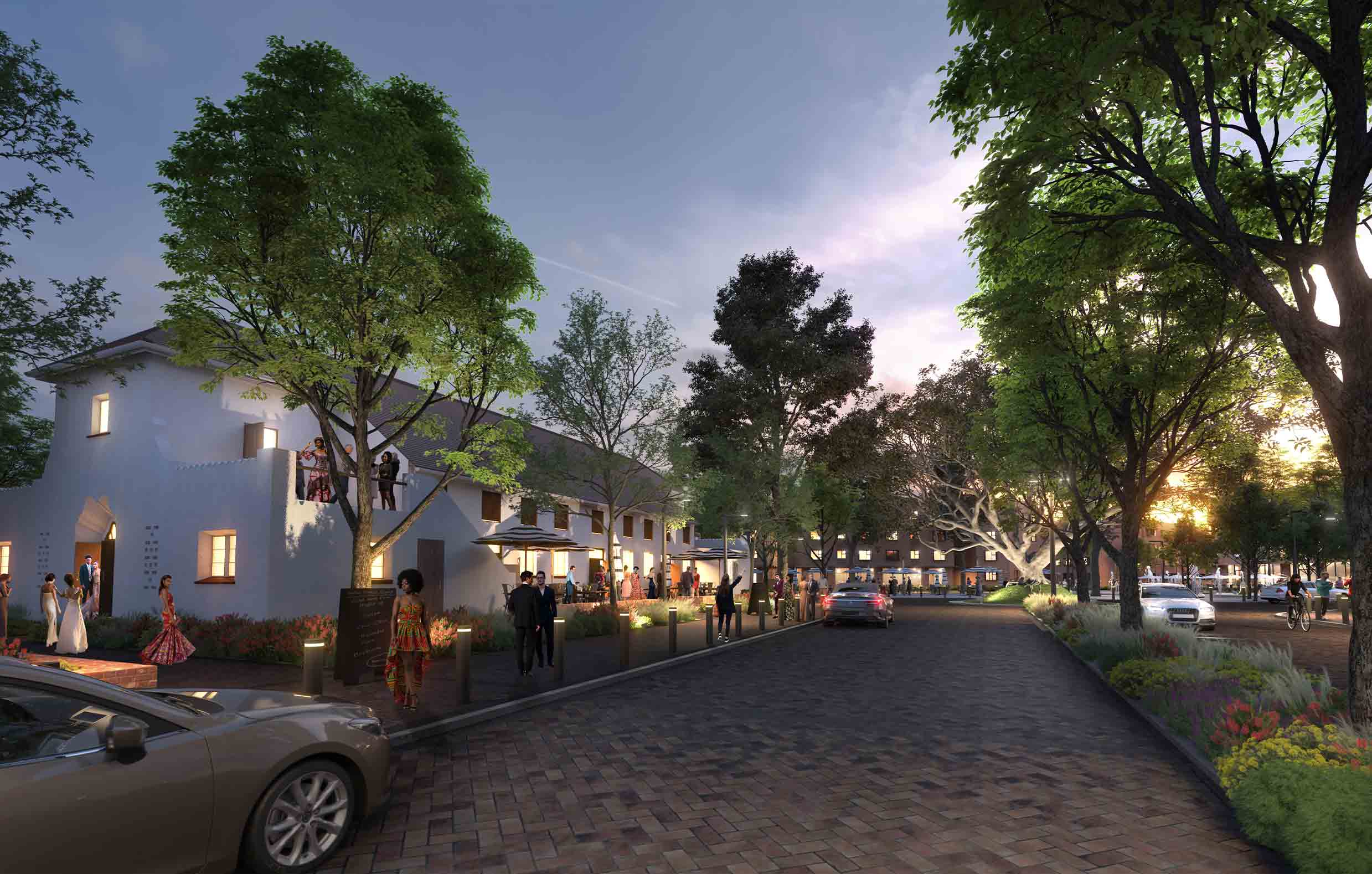
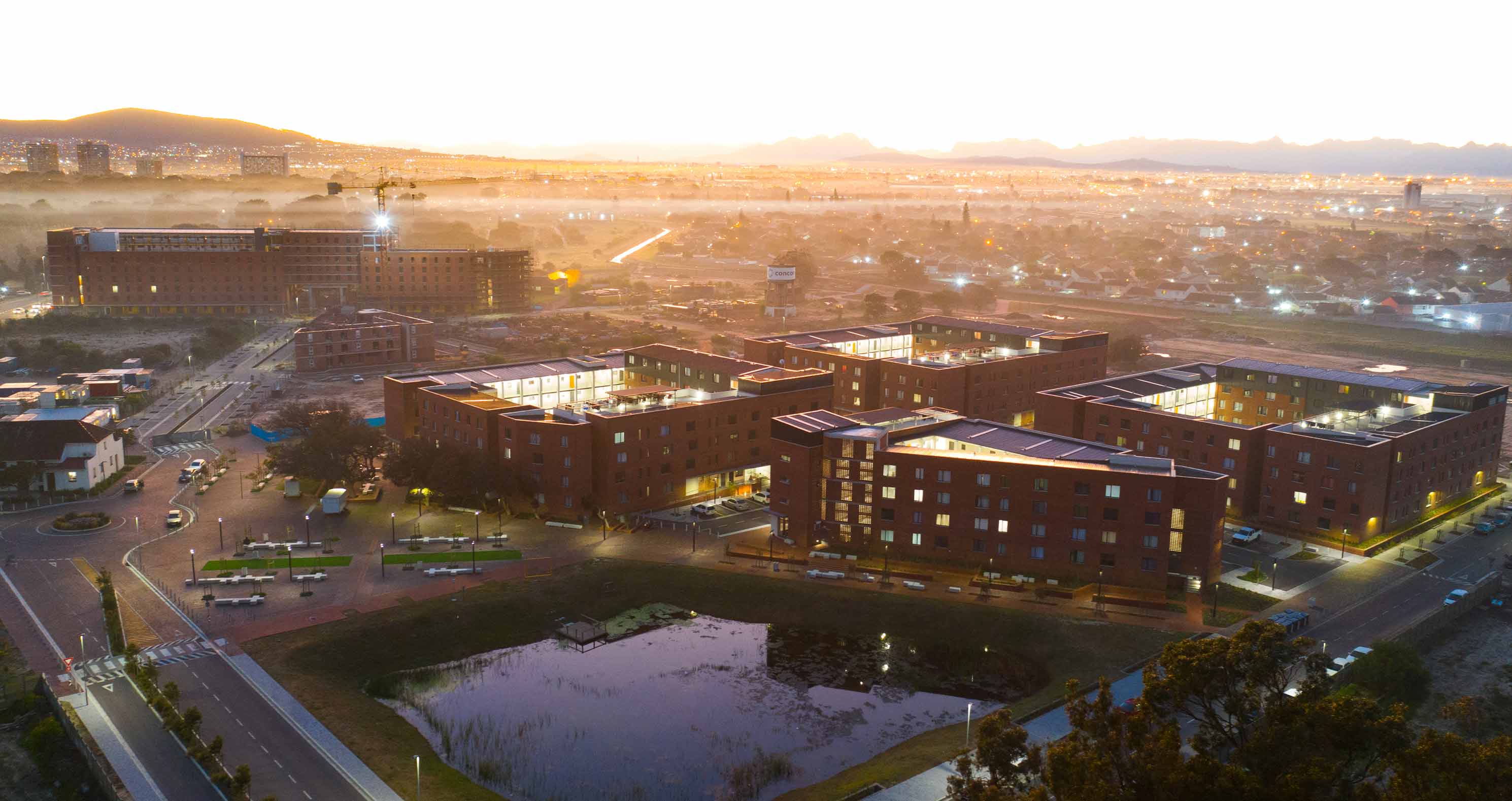
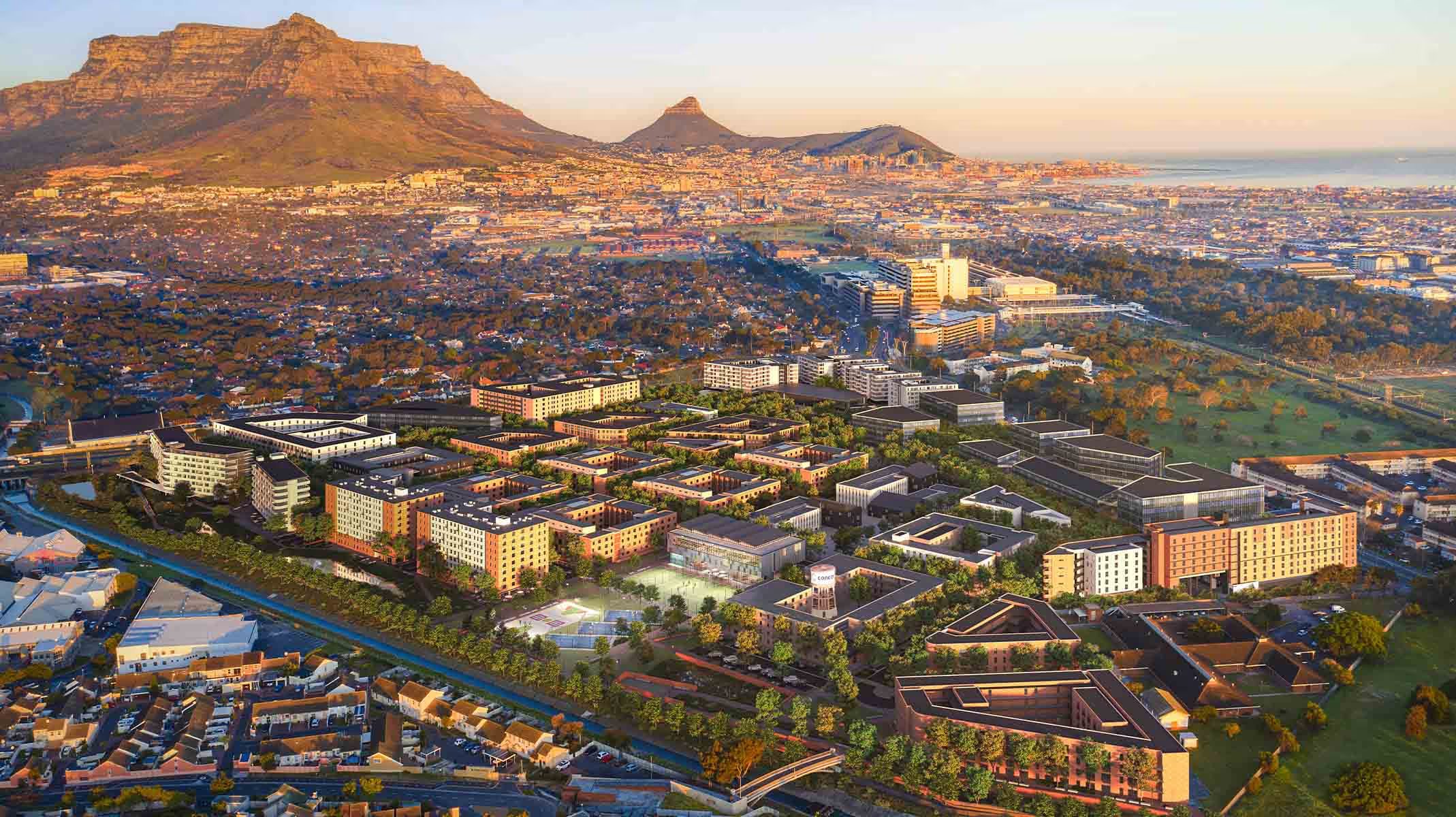
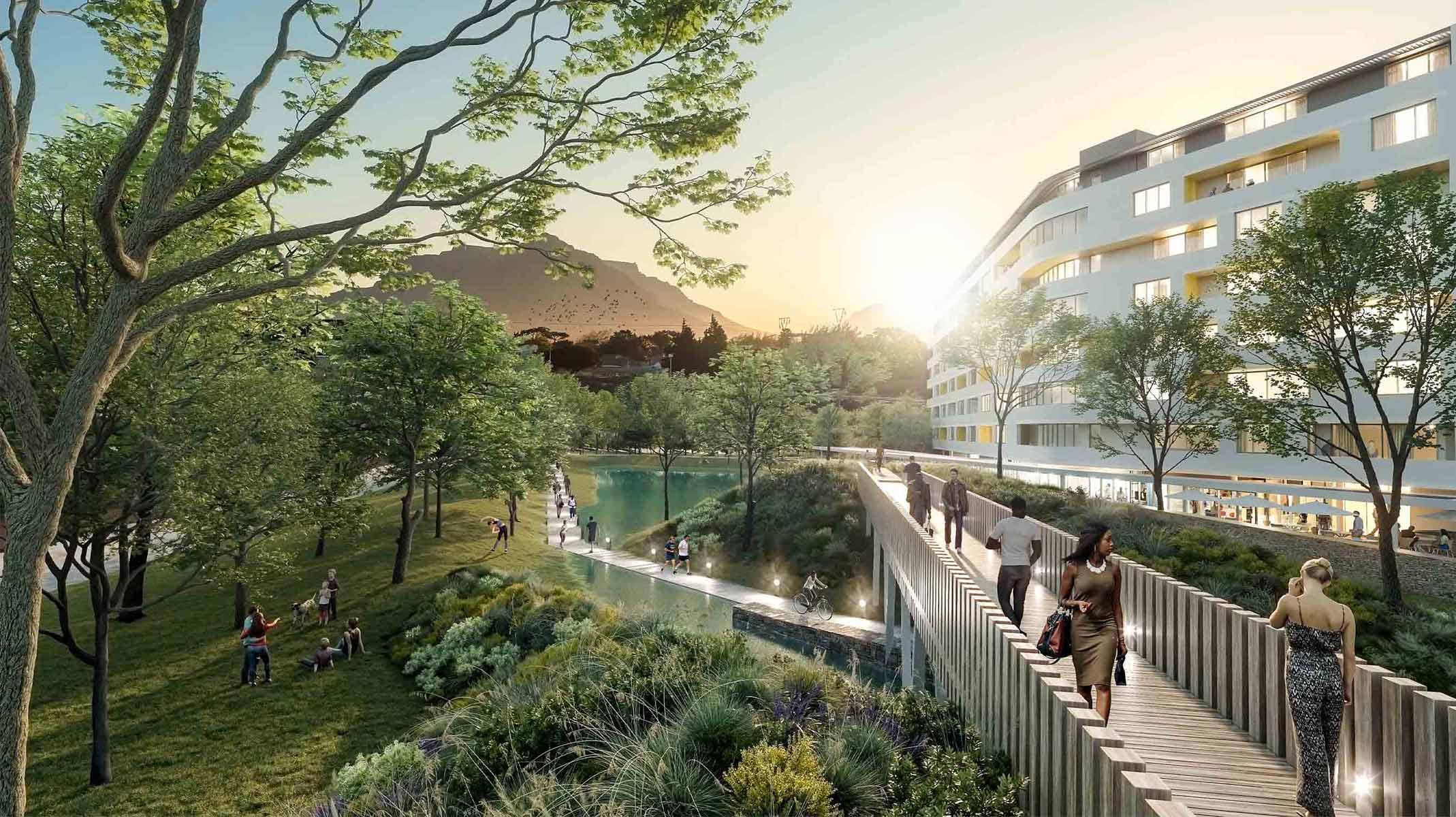
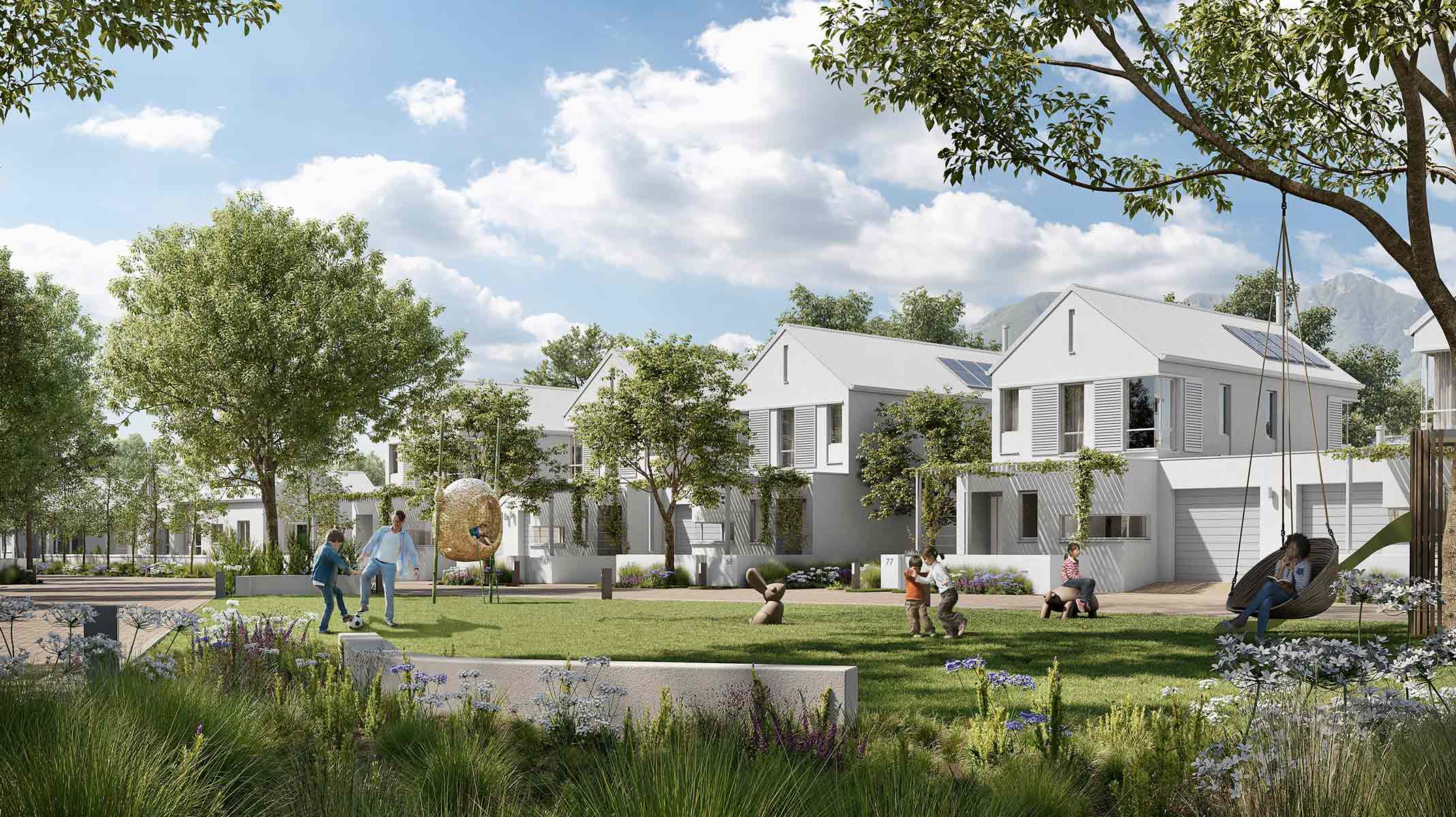
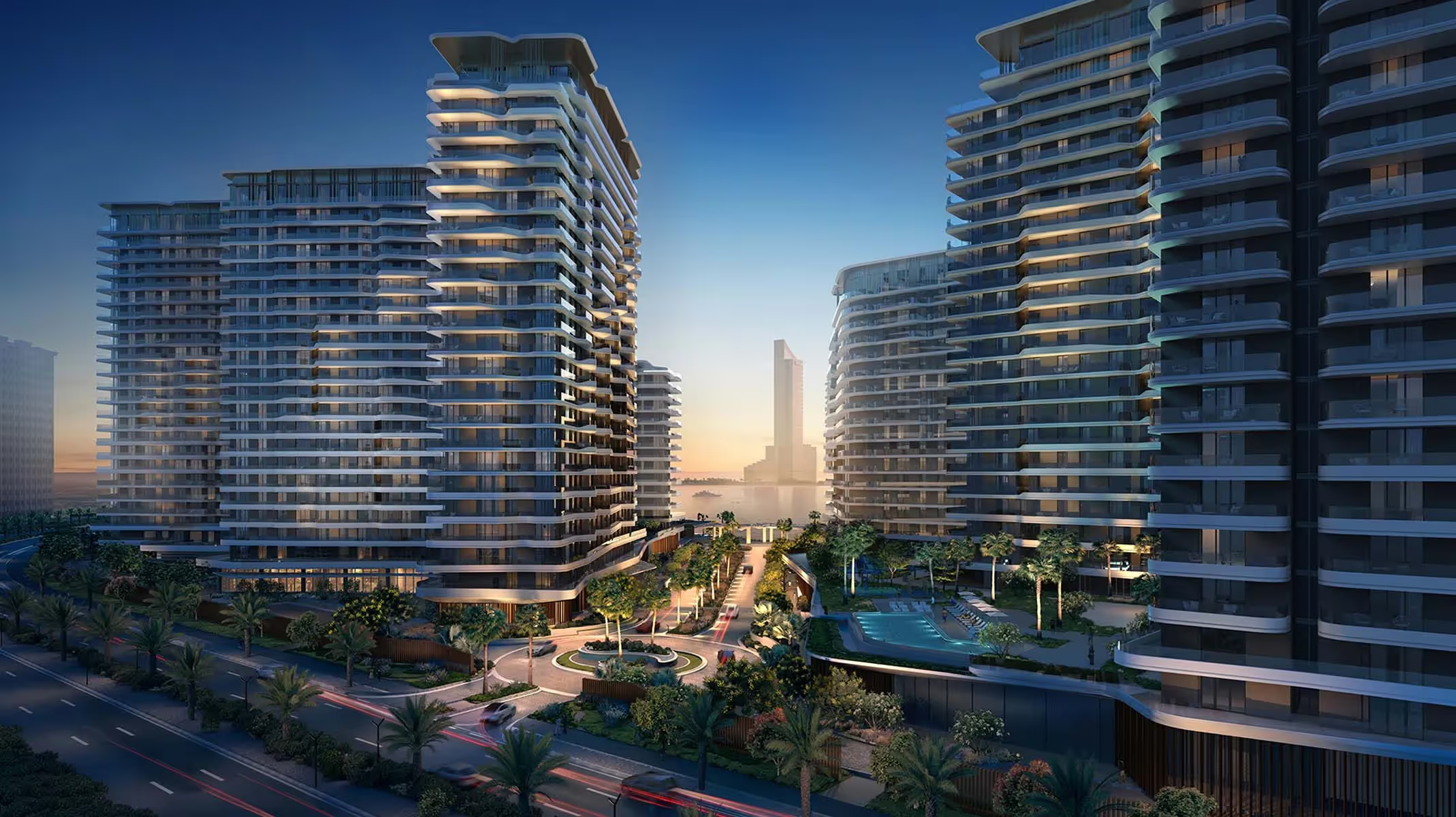
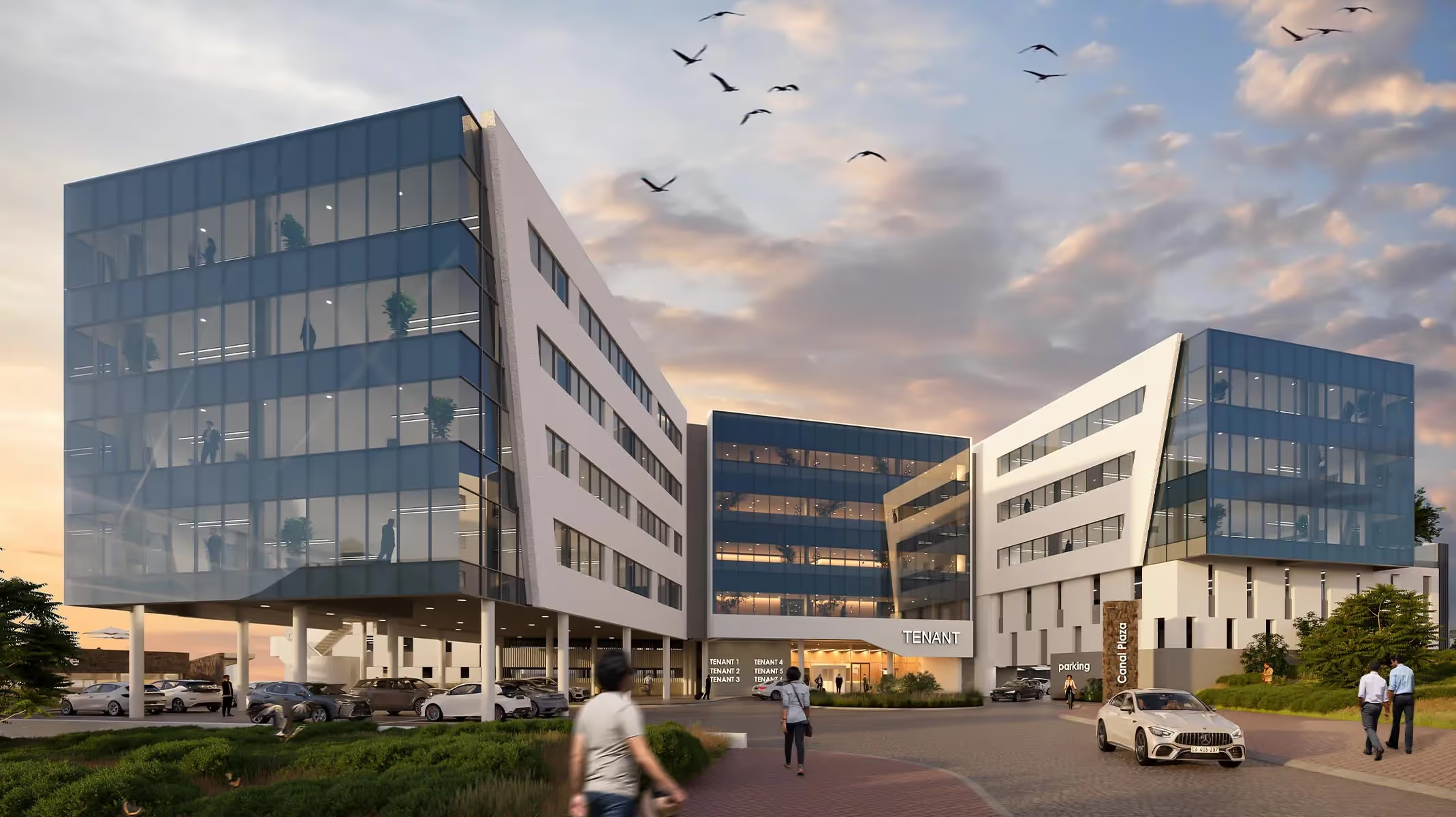
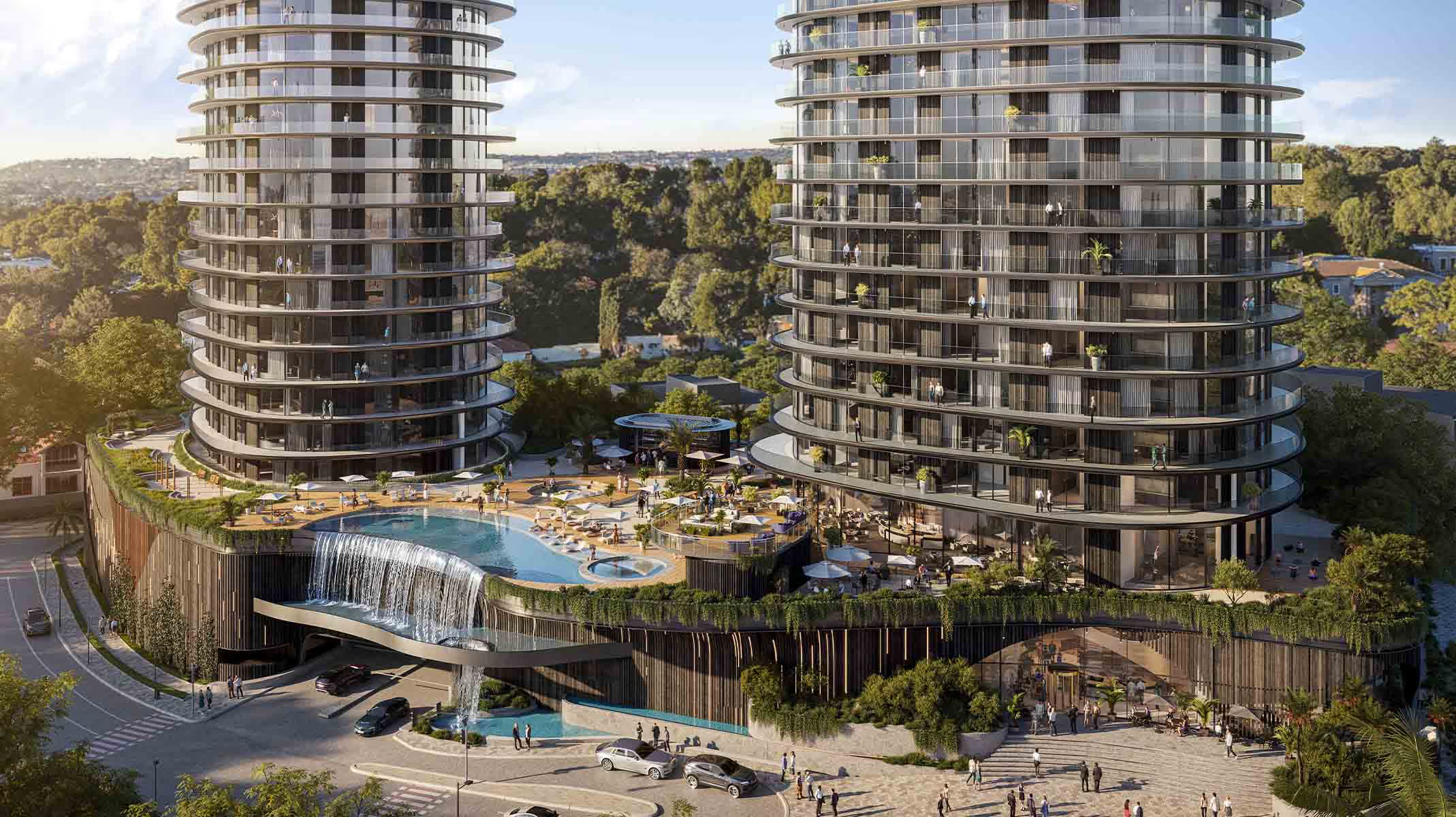
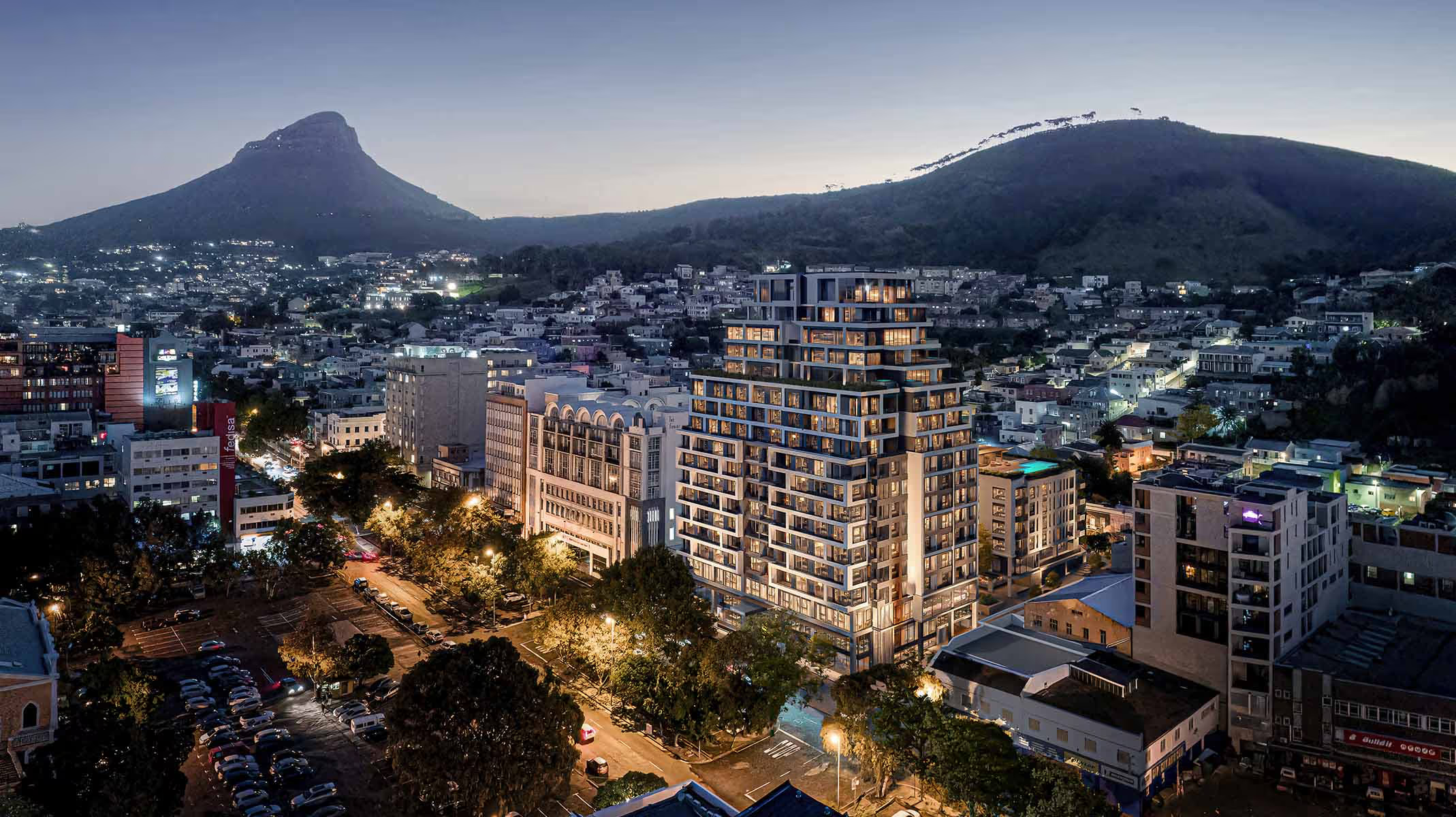
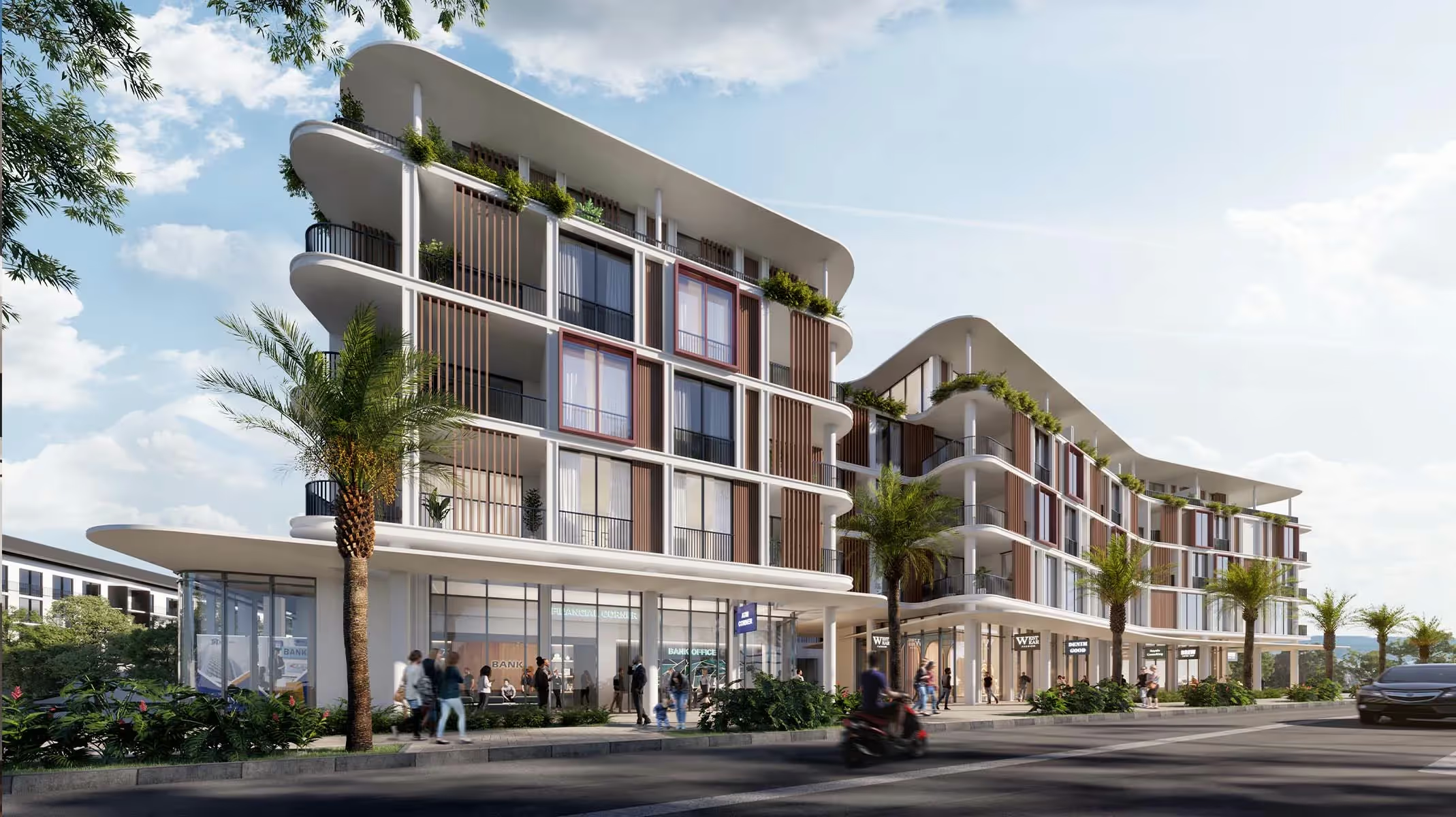
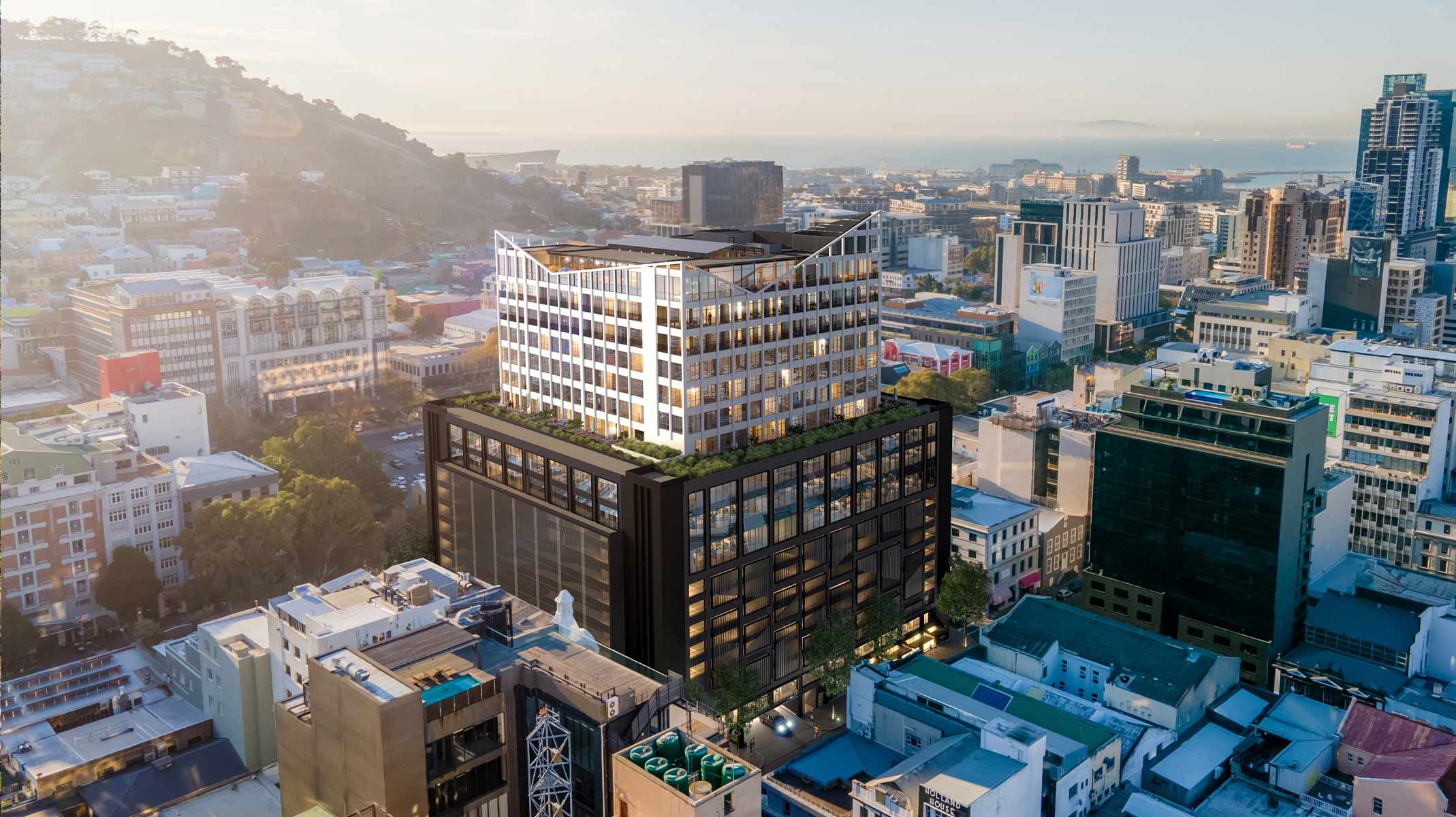
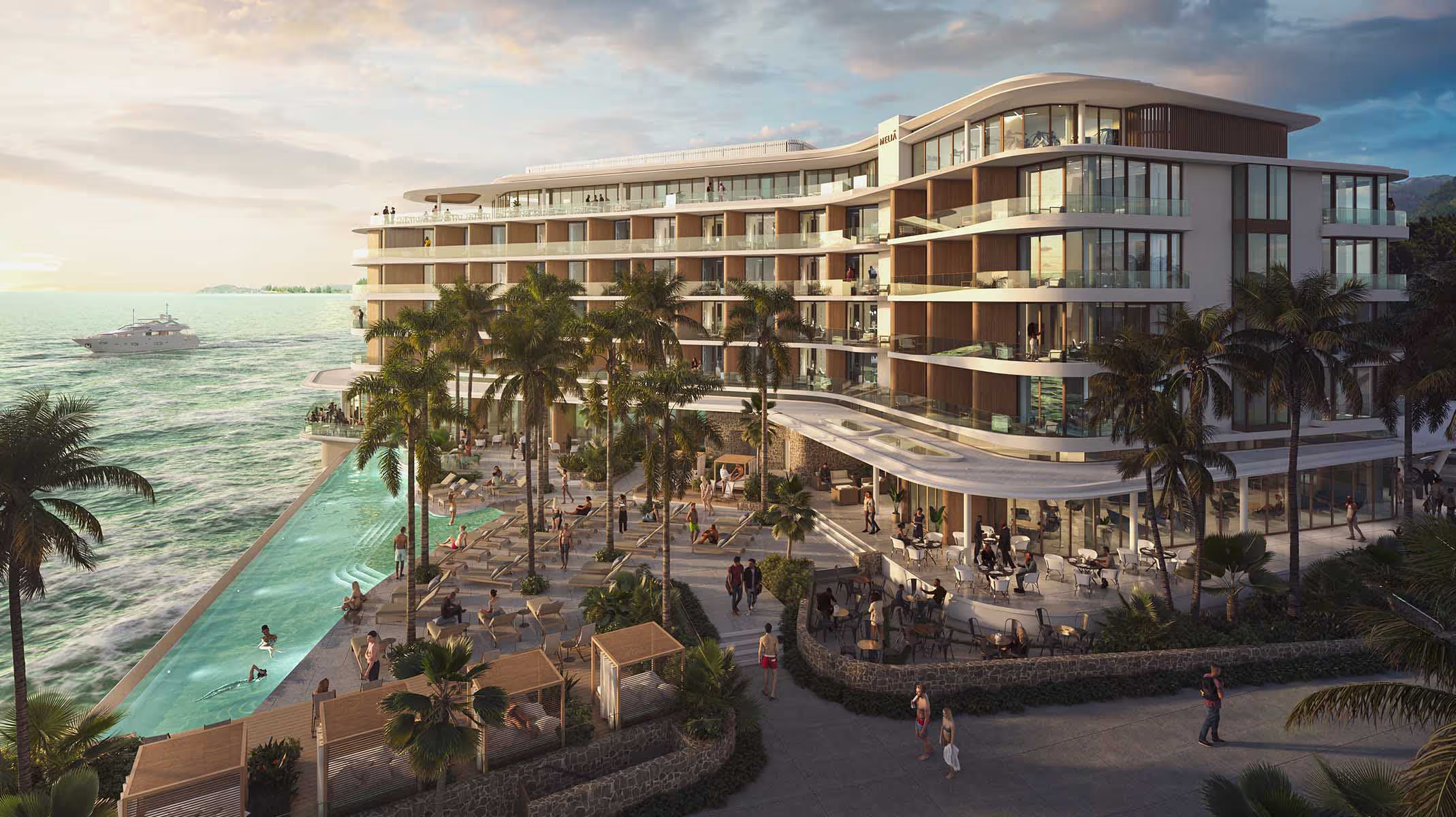
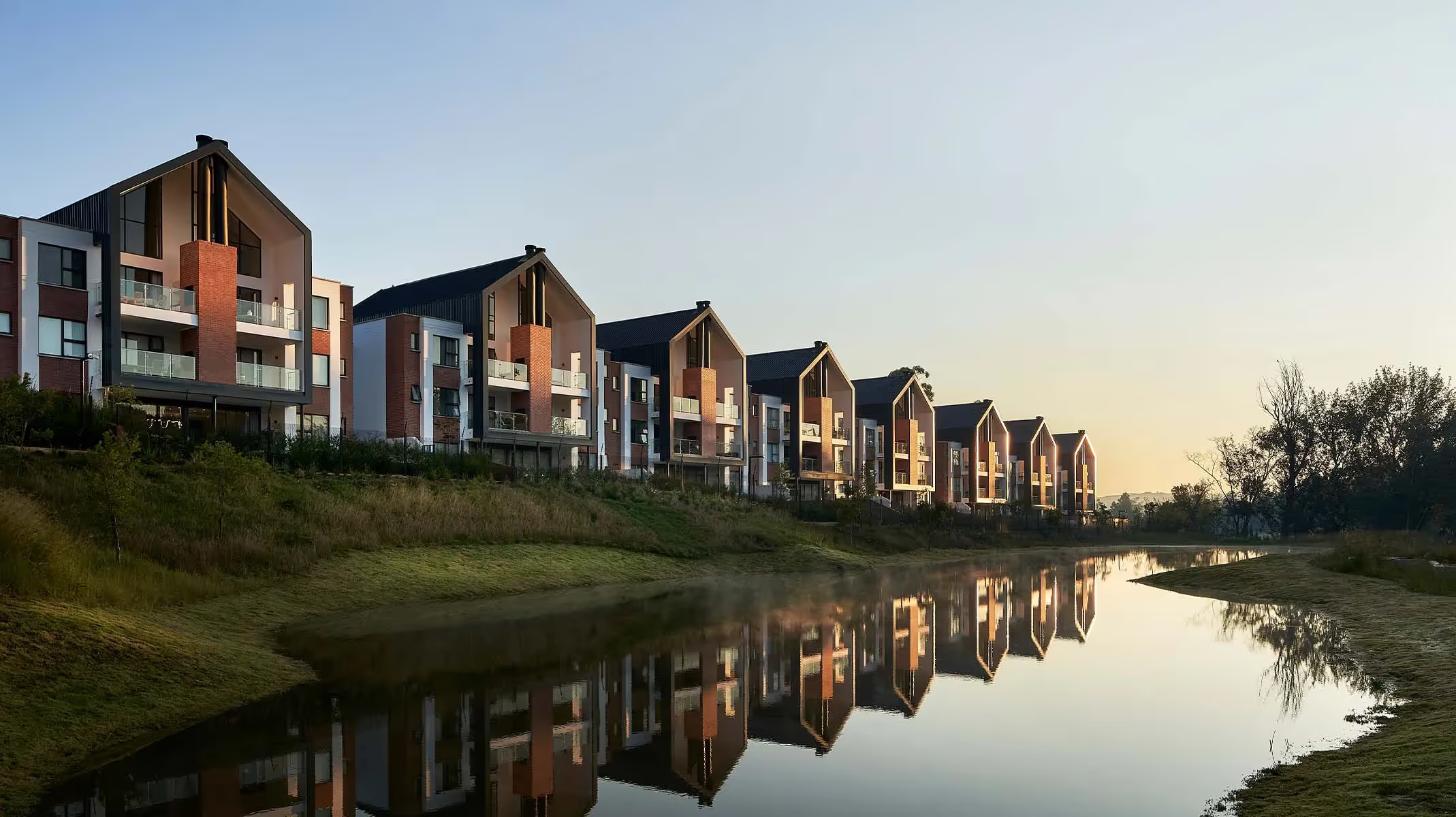
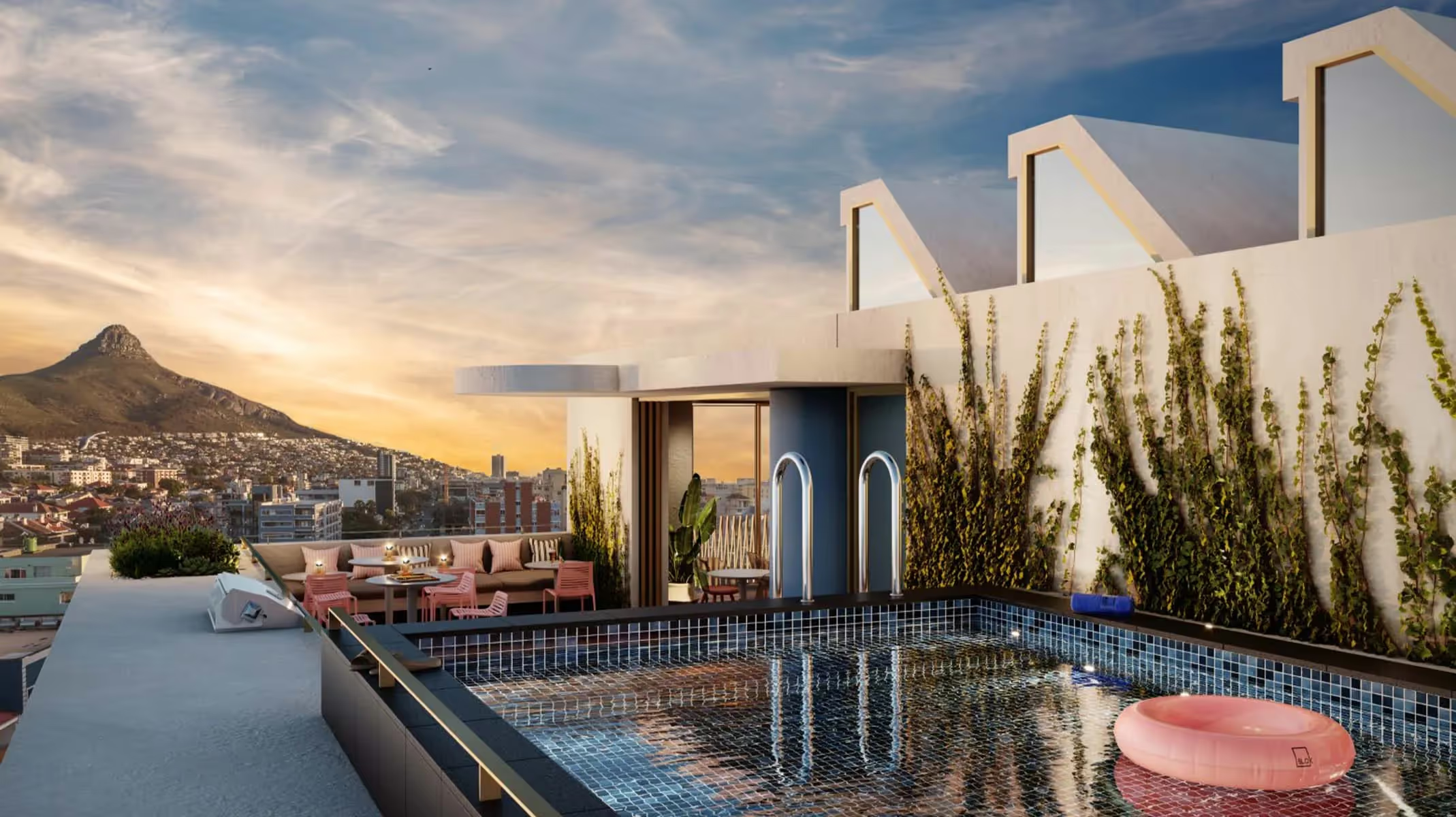
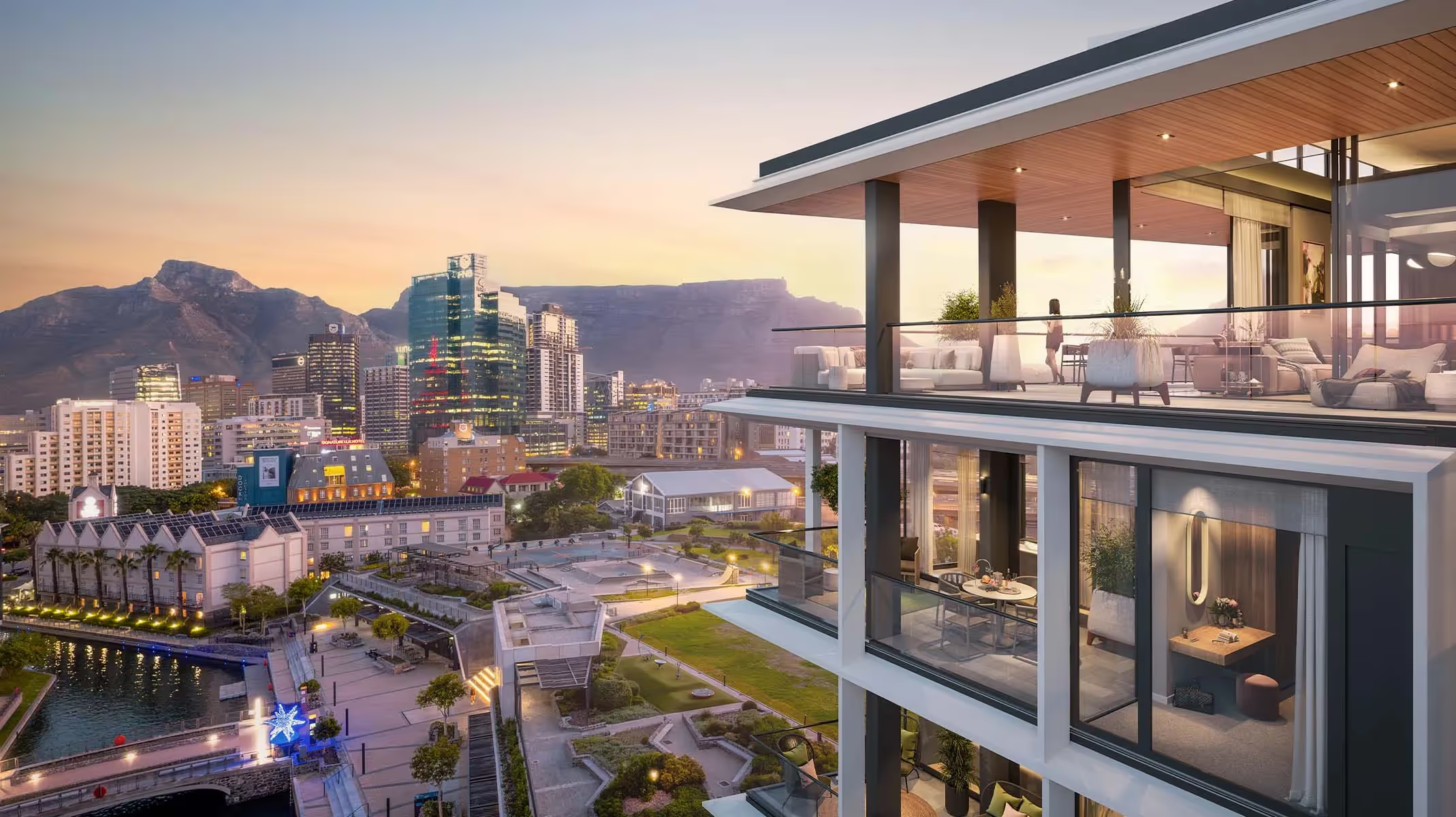
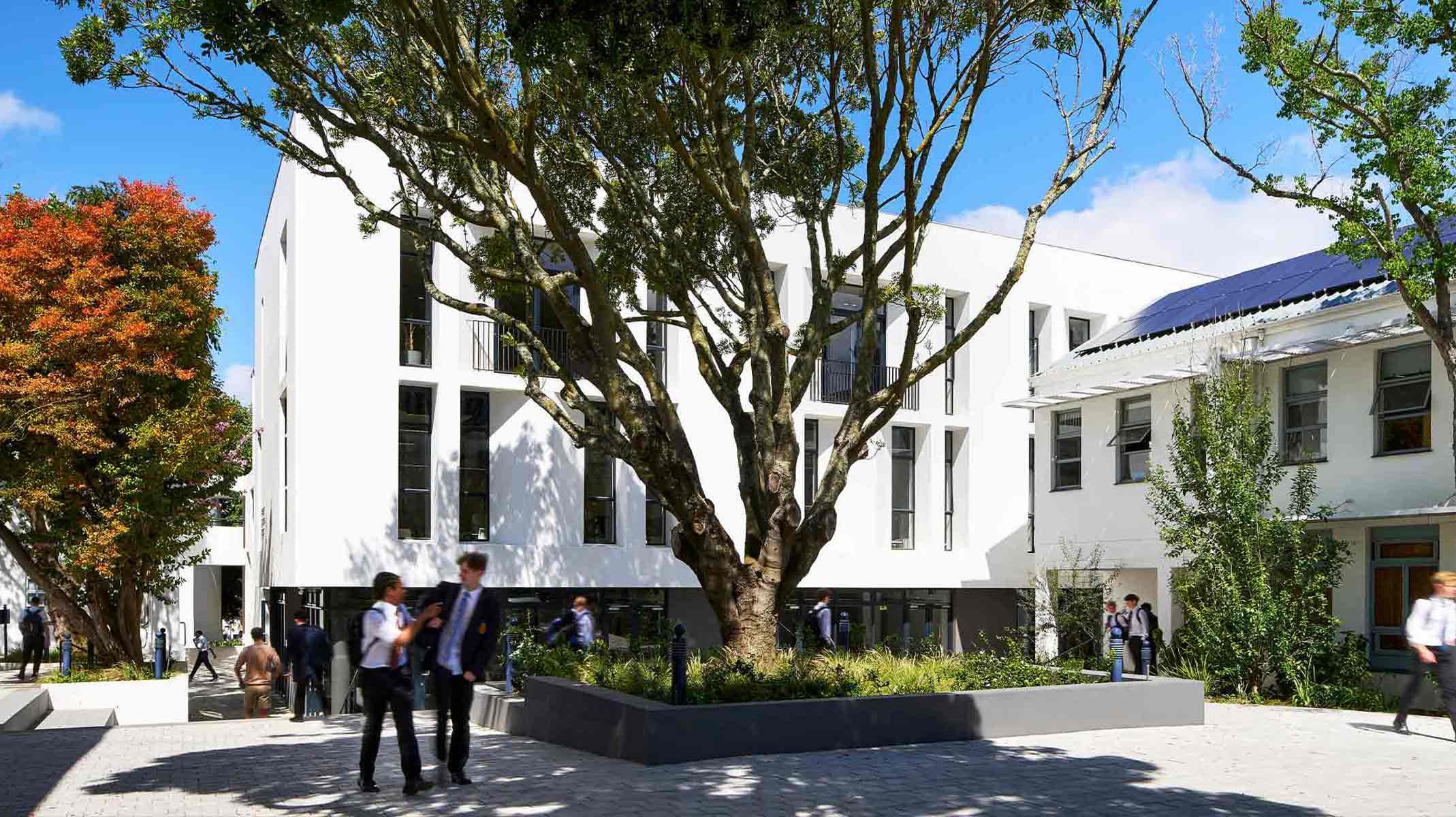
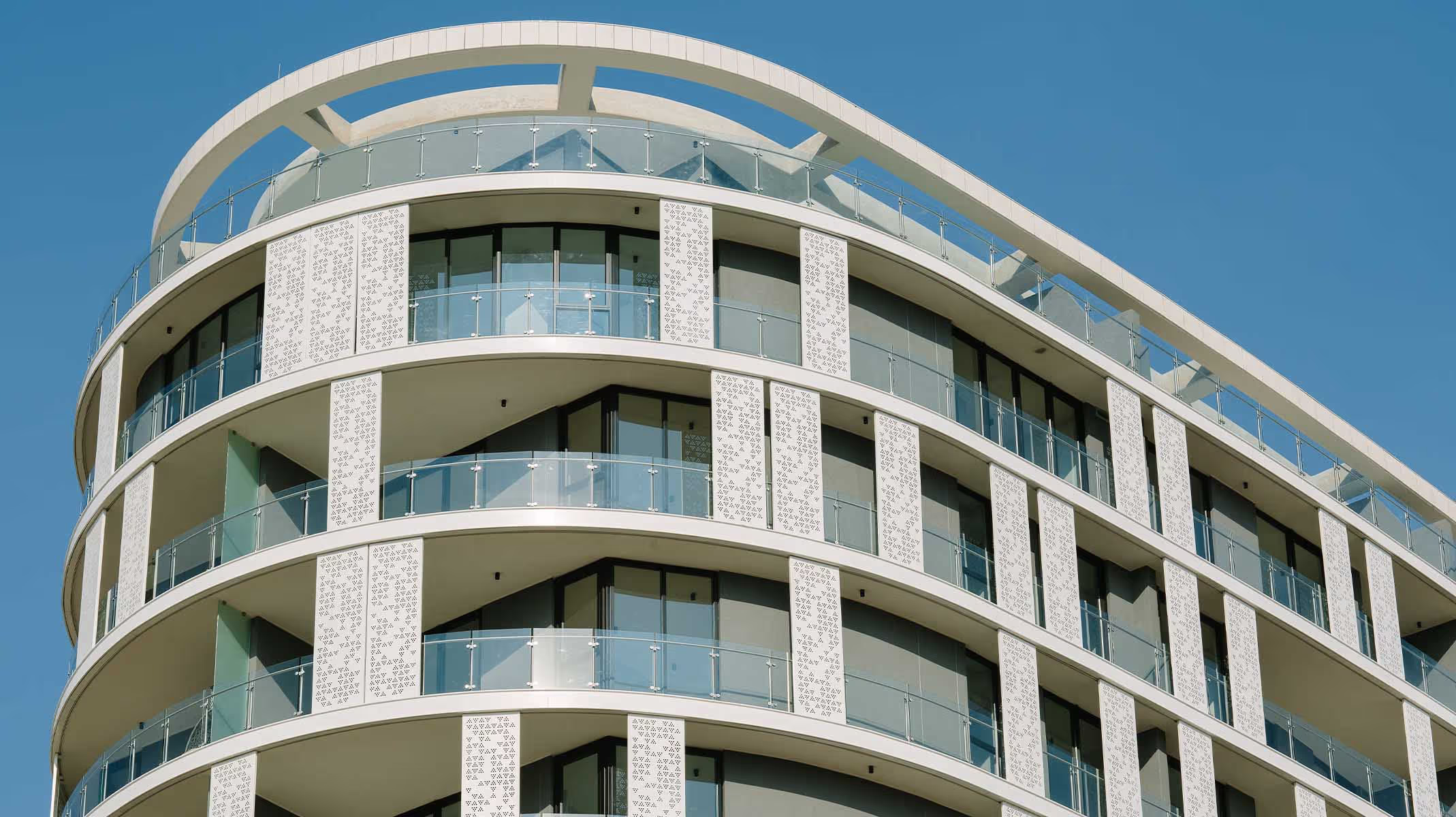
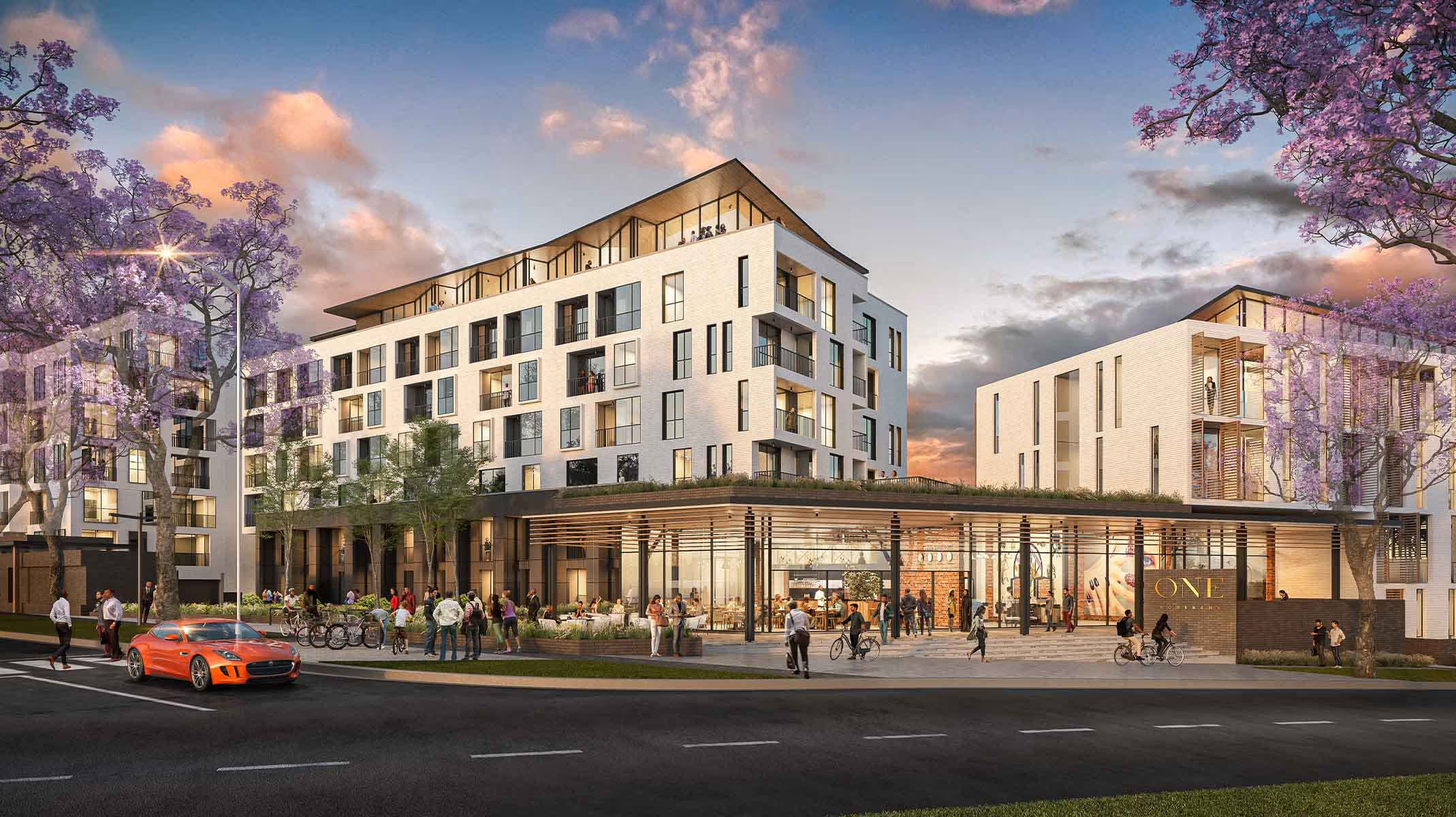
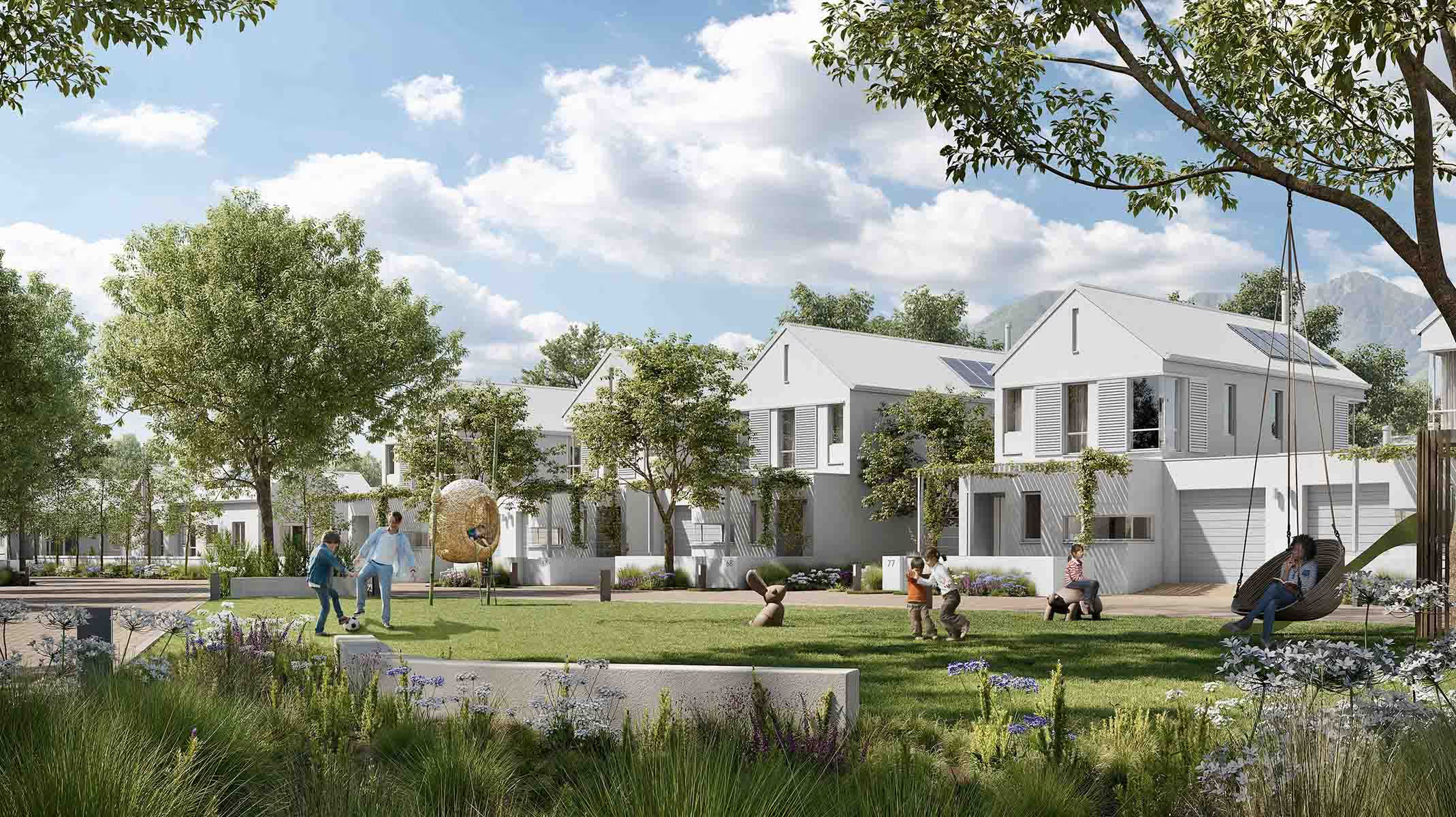
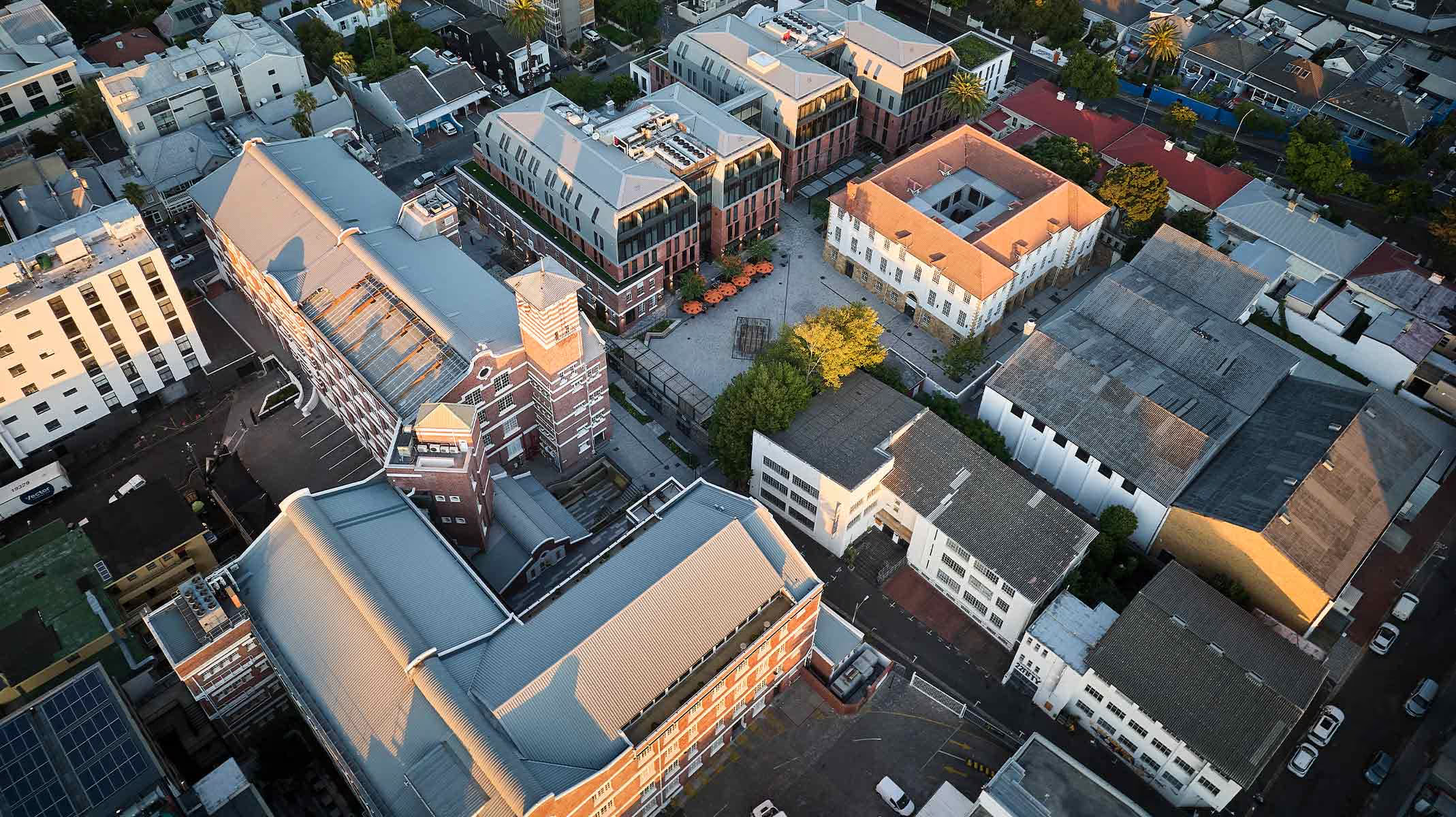
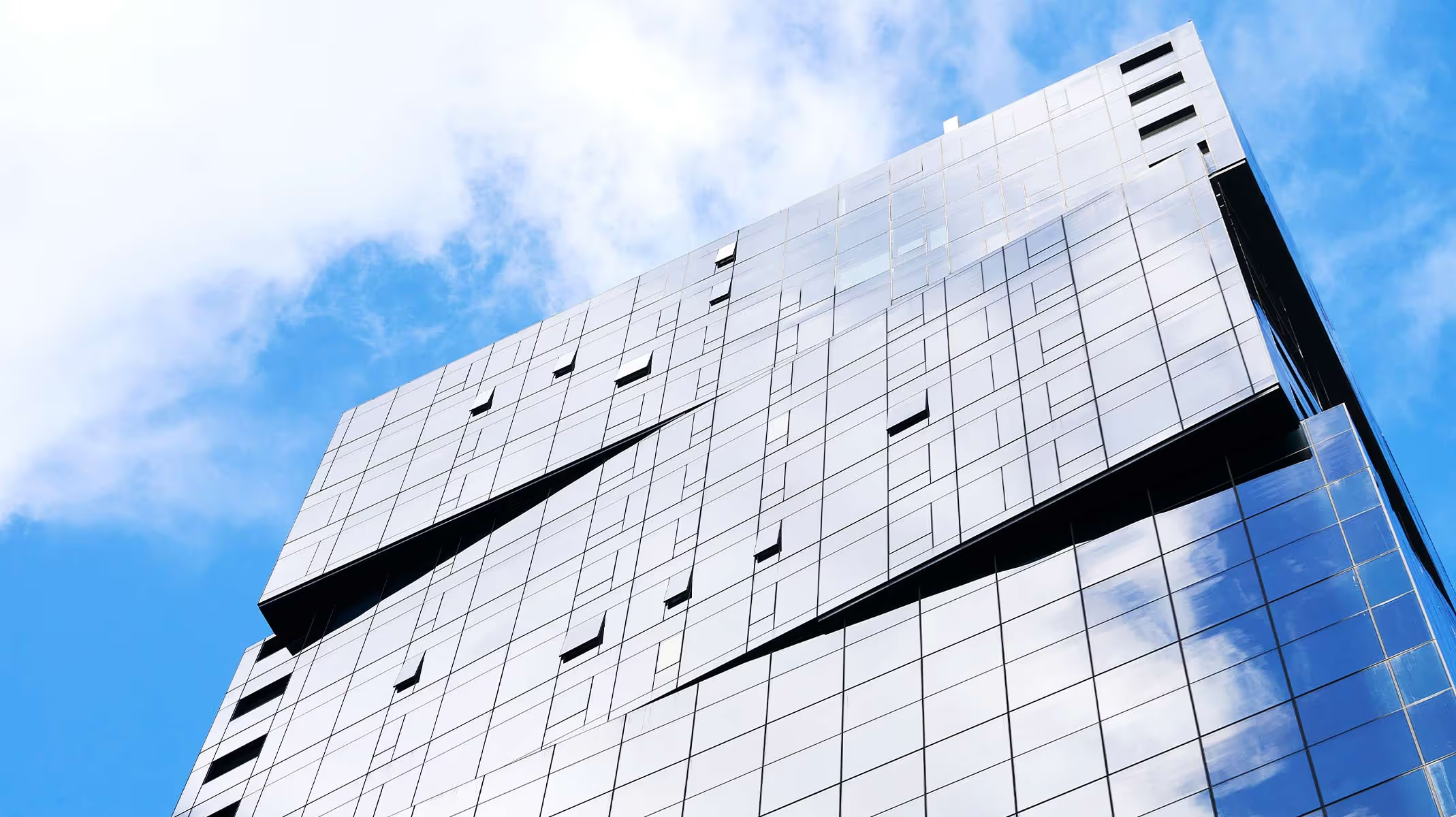

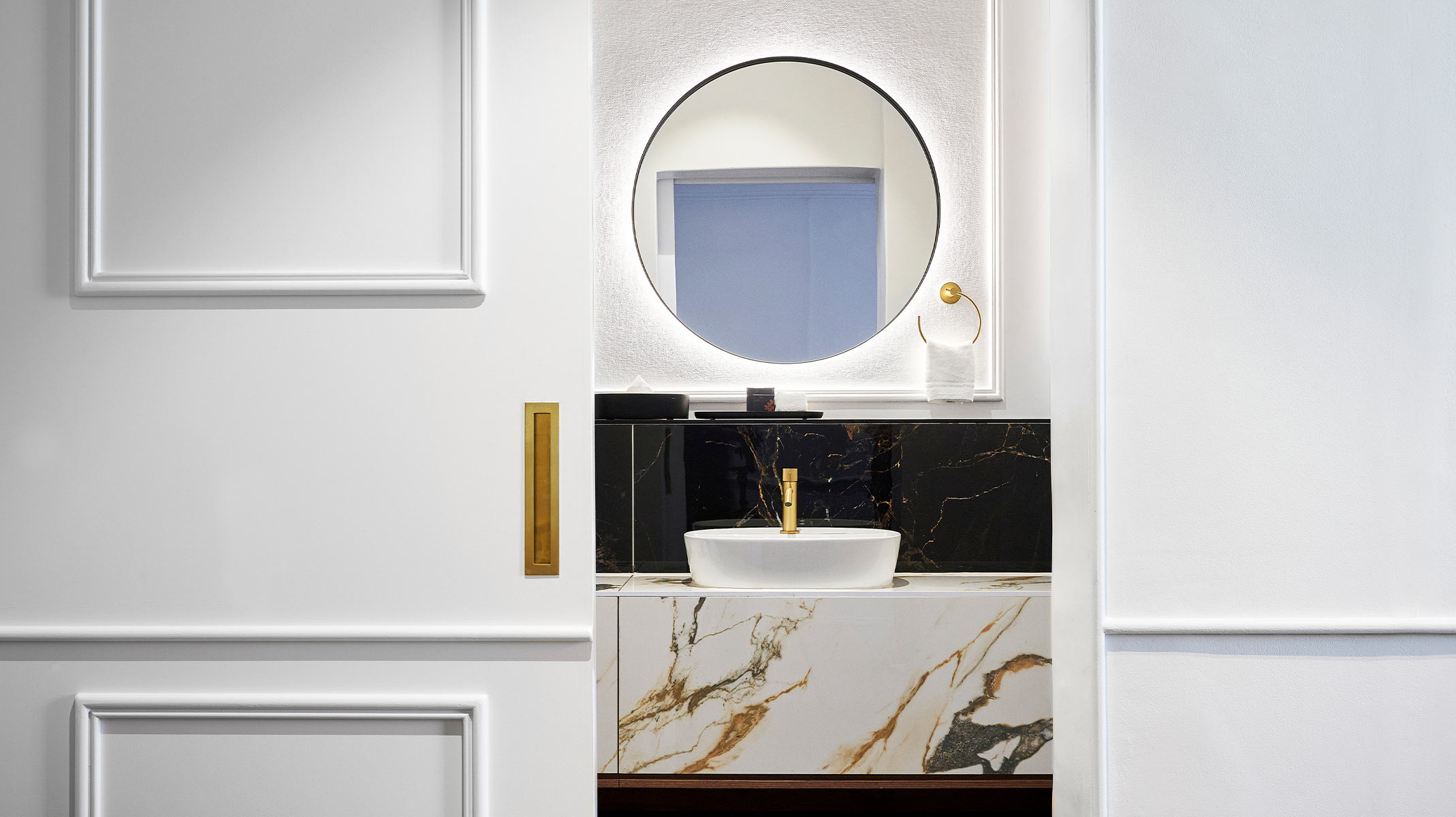
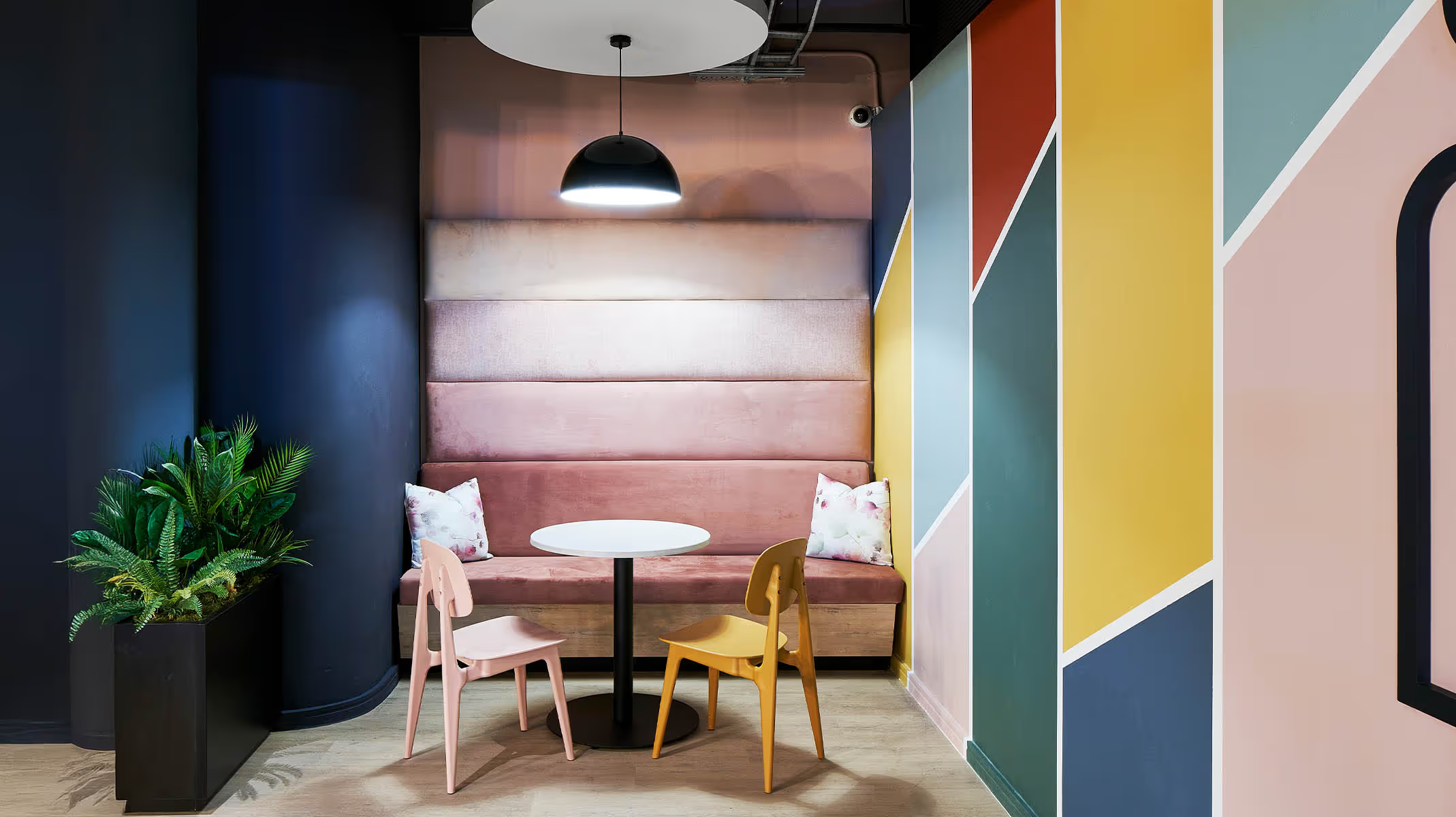
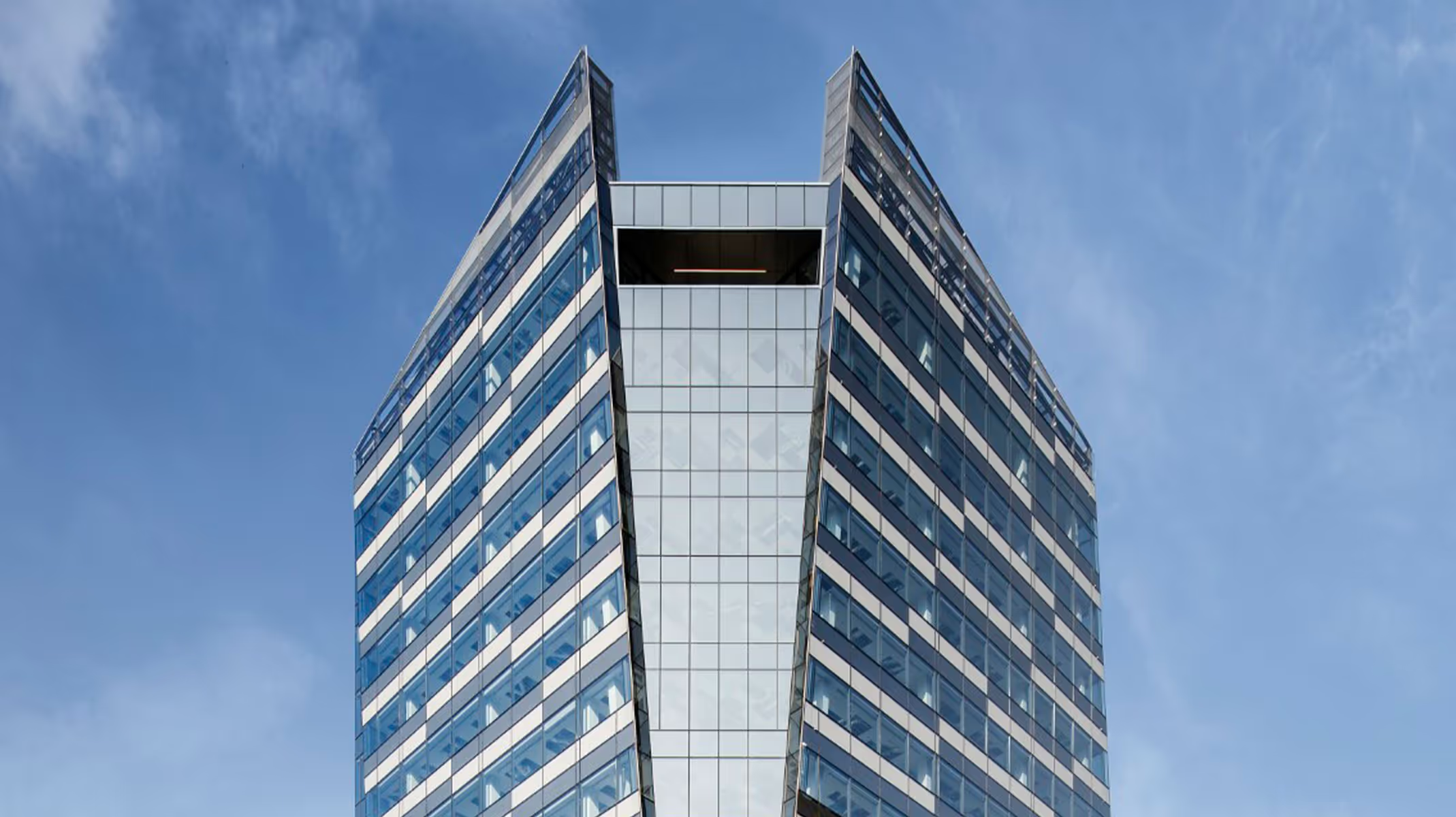
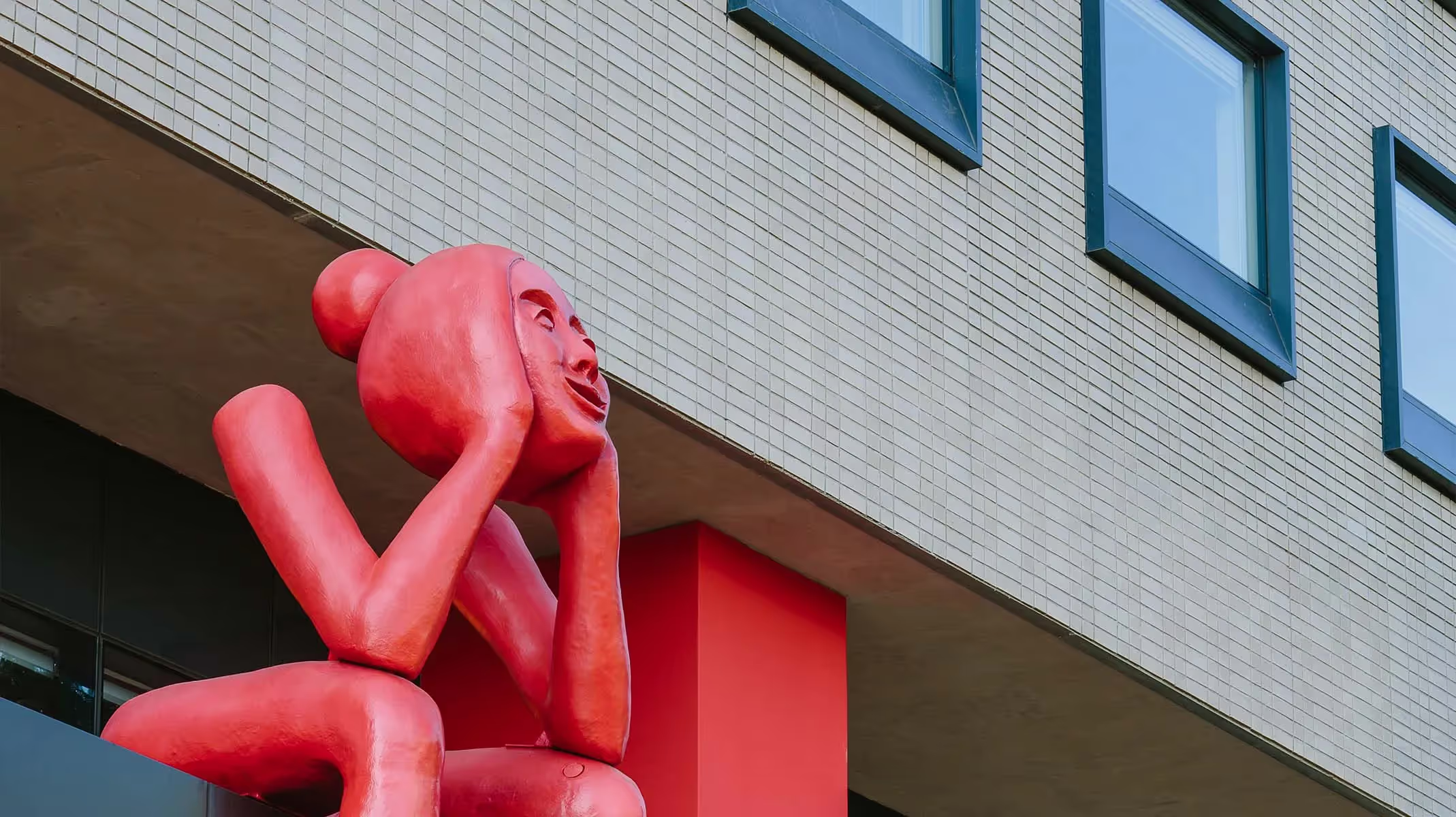
.avif)

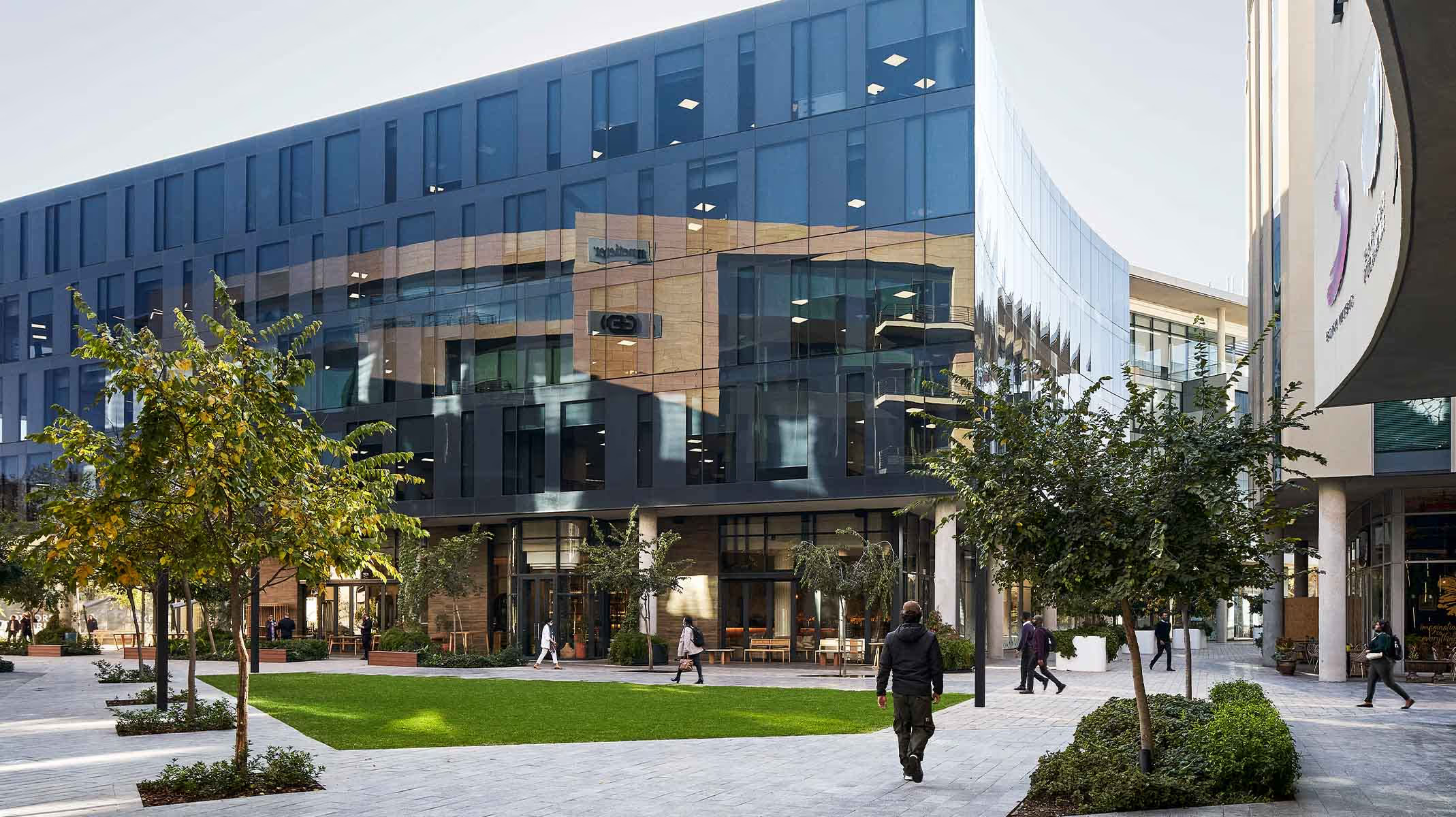

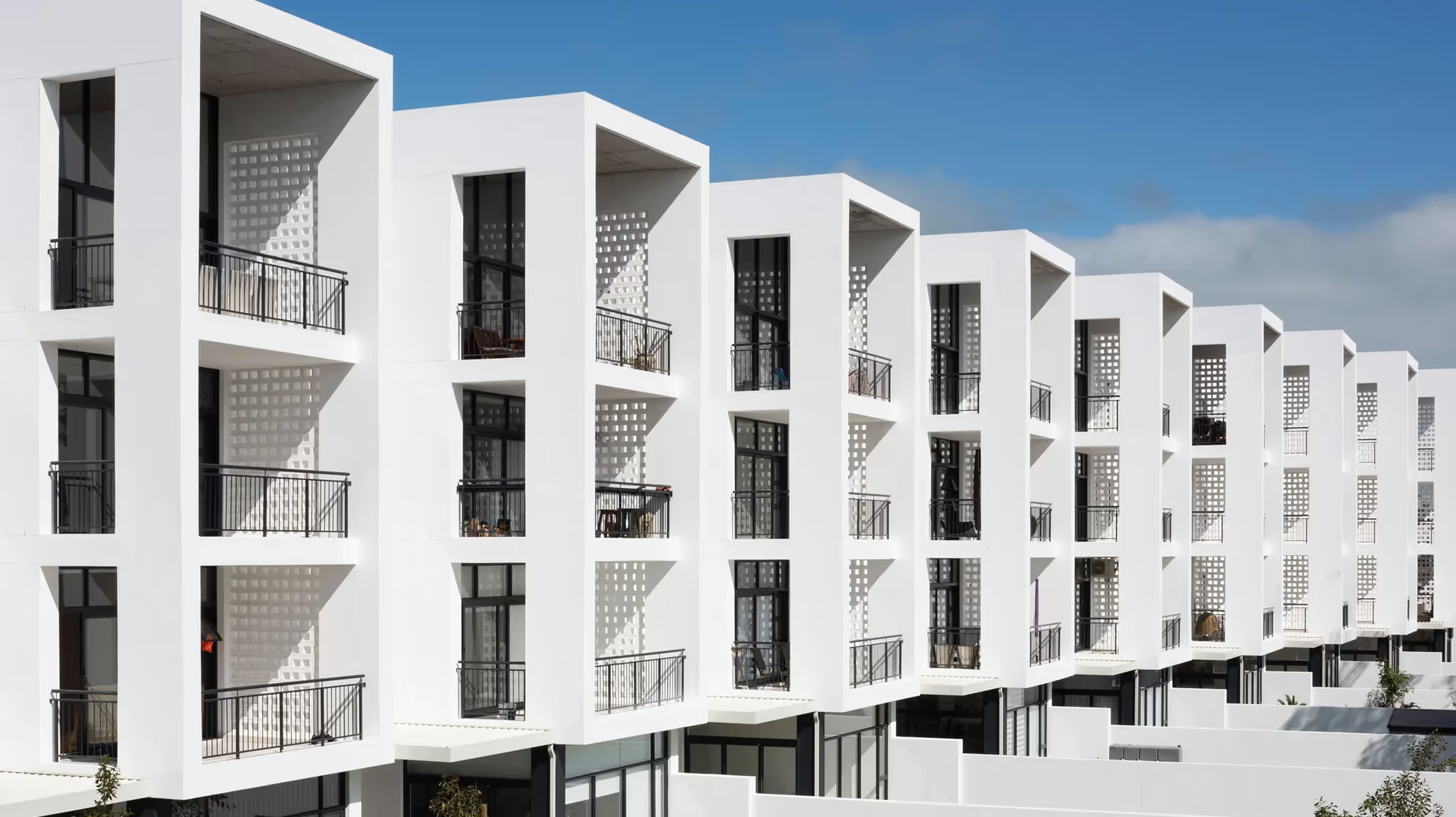


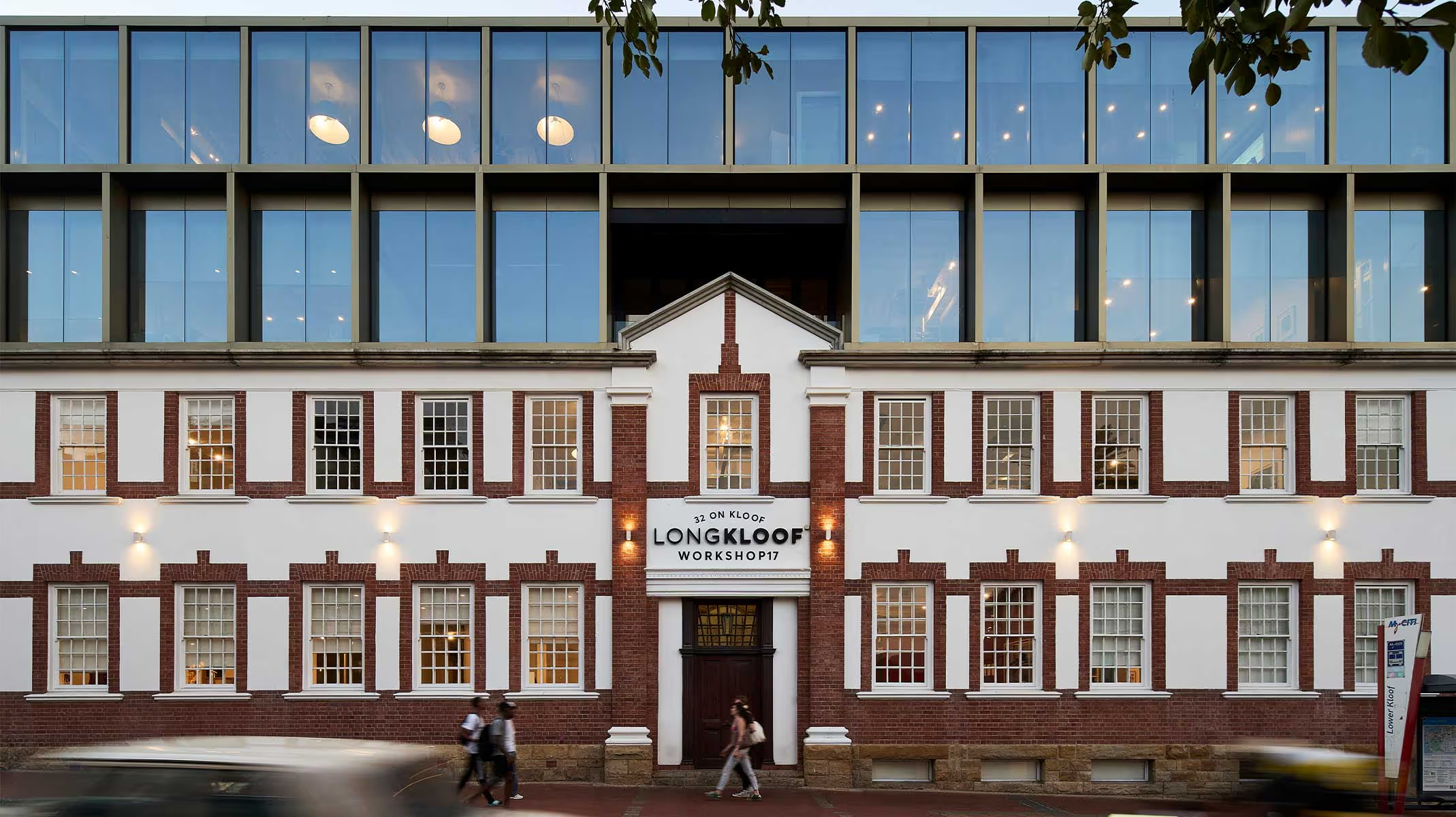
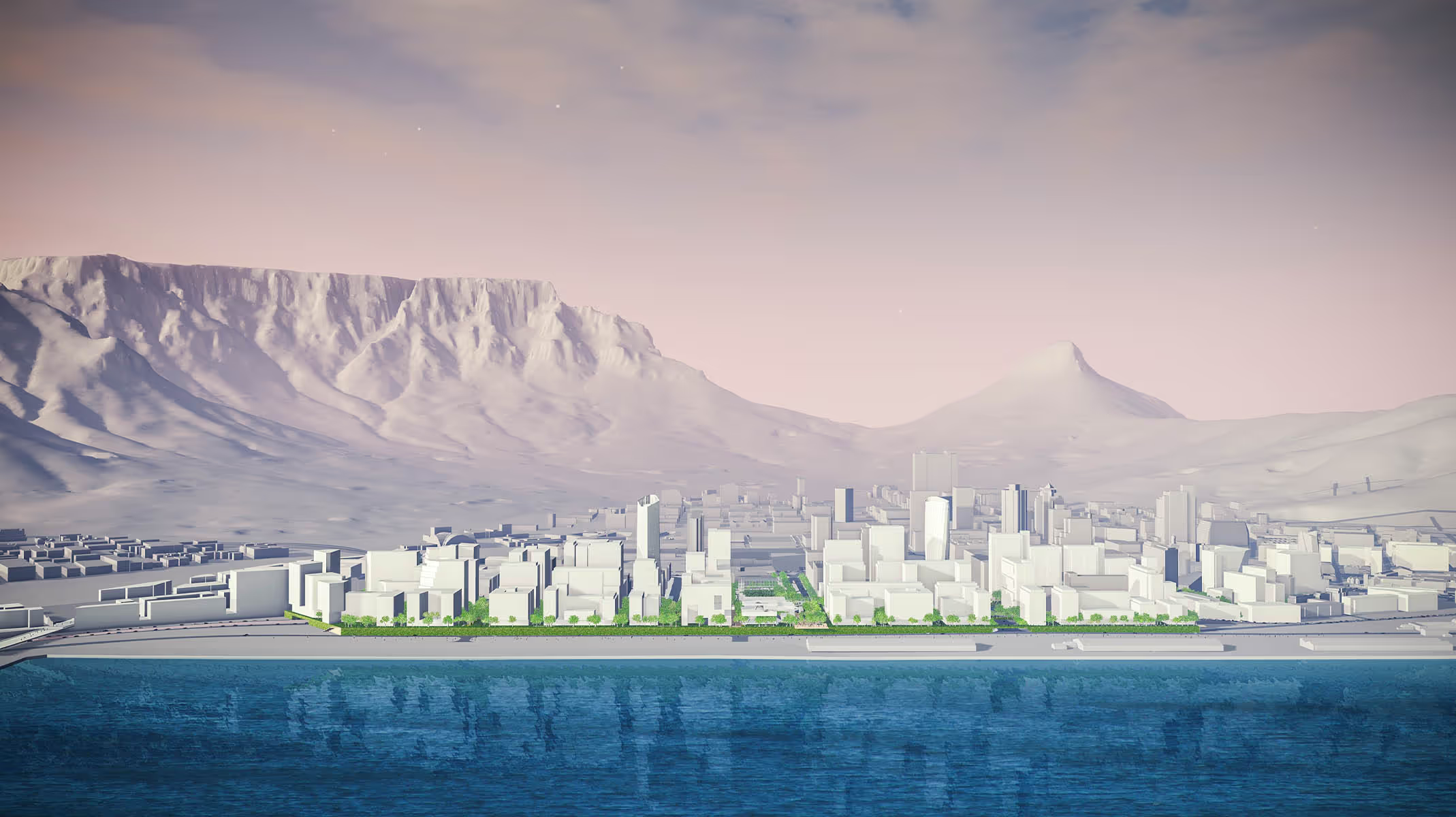
%20(cover).avif)

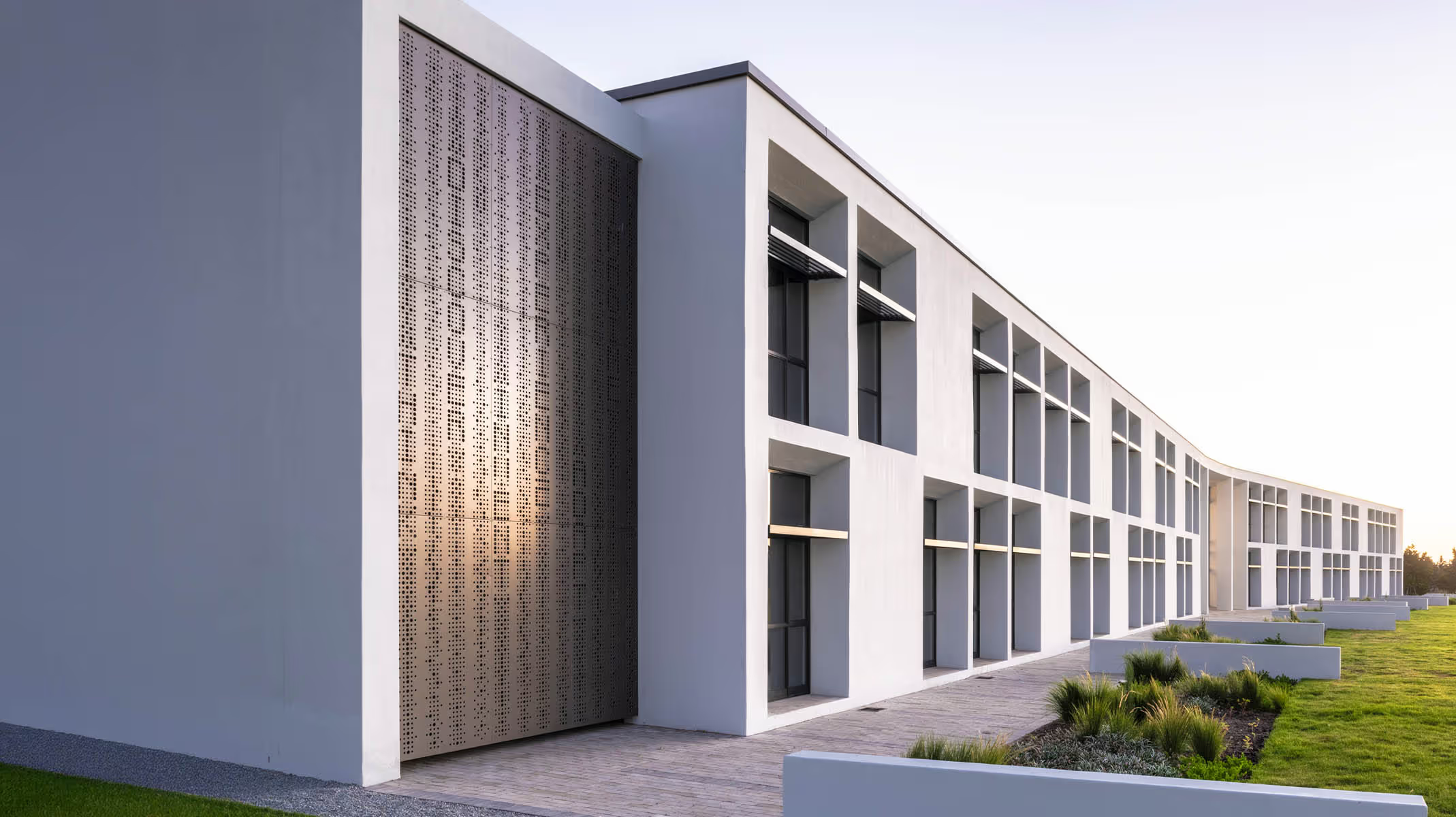
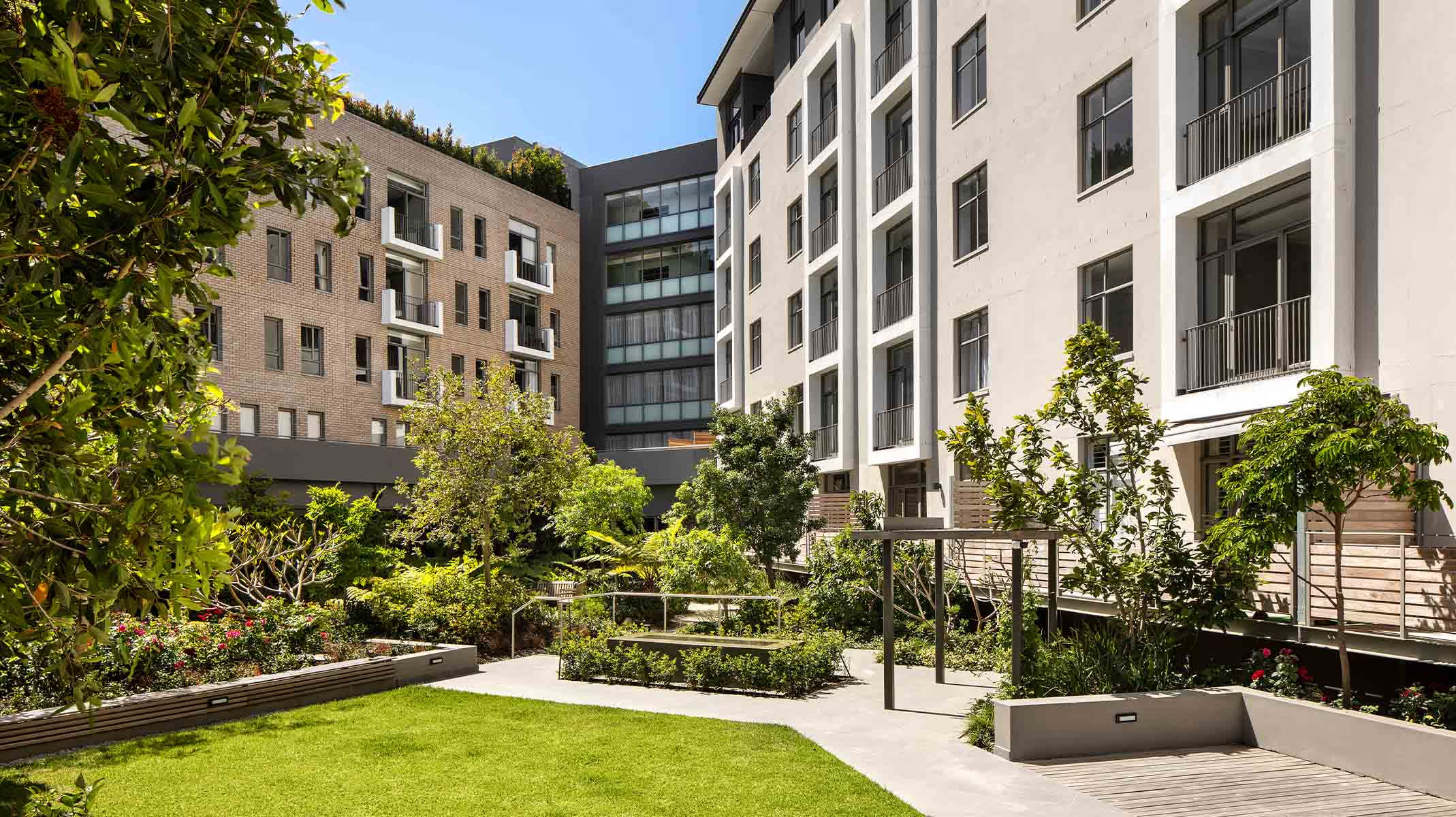
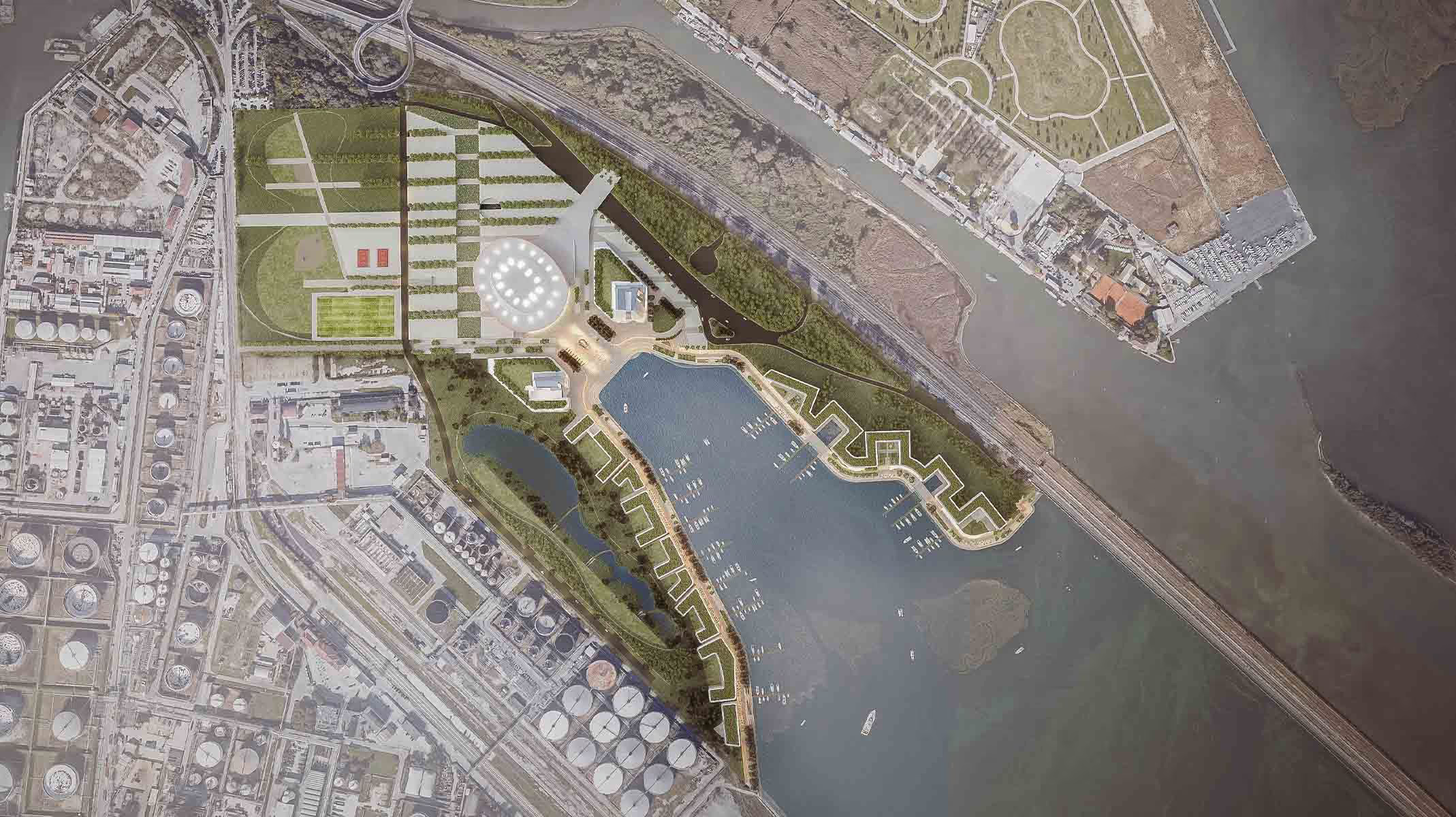





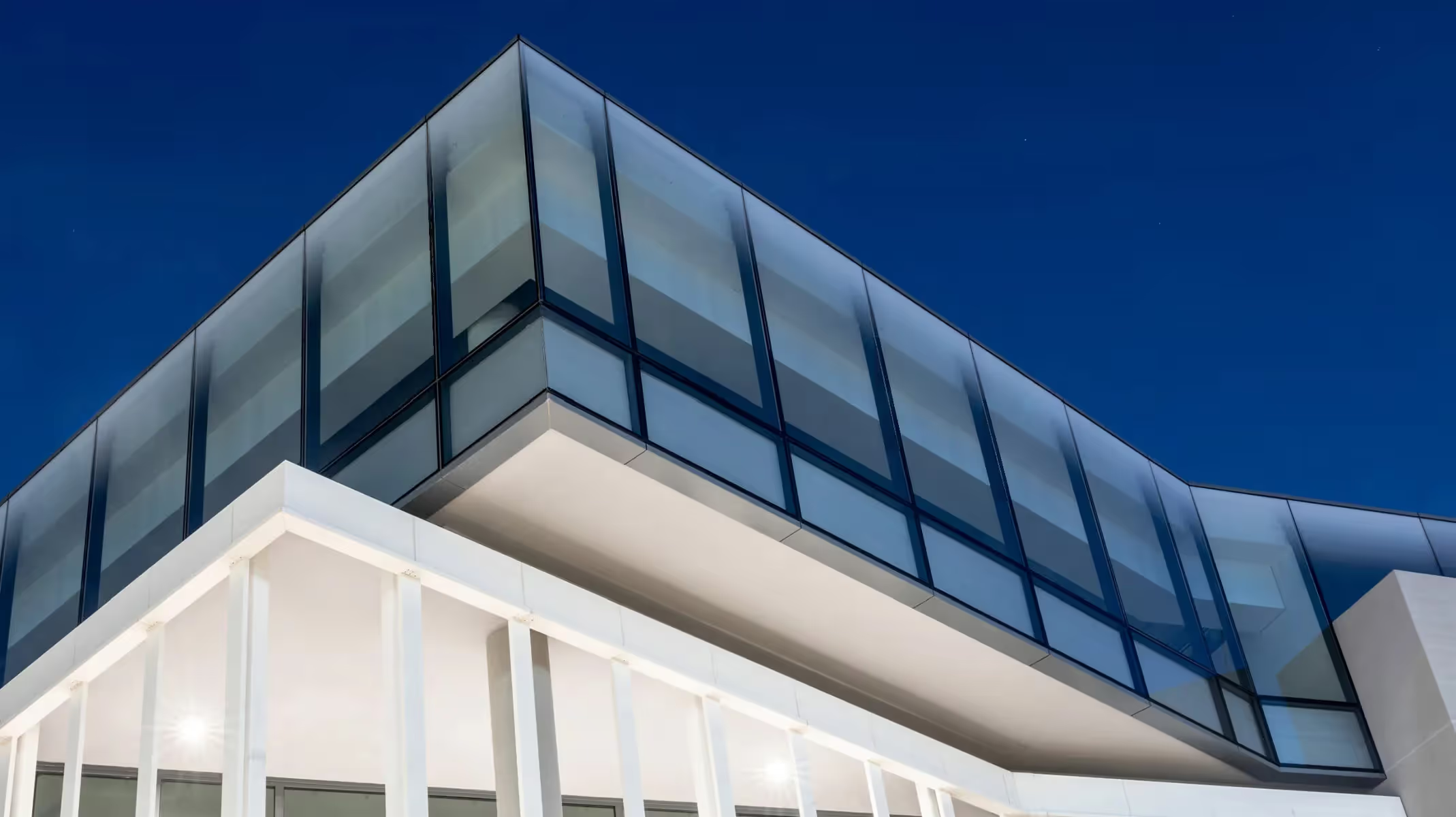
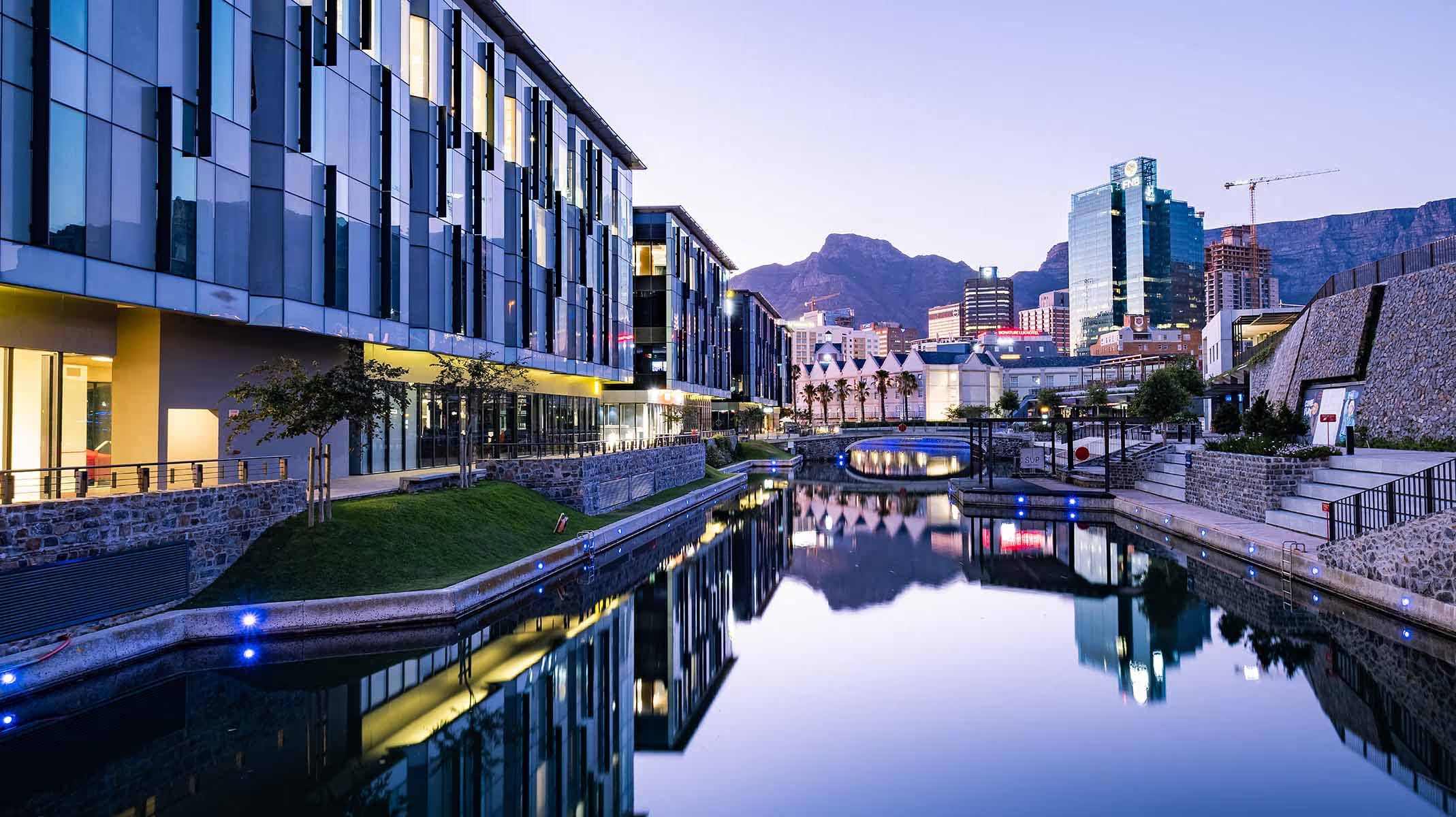
.avif)
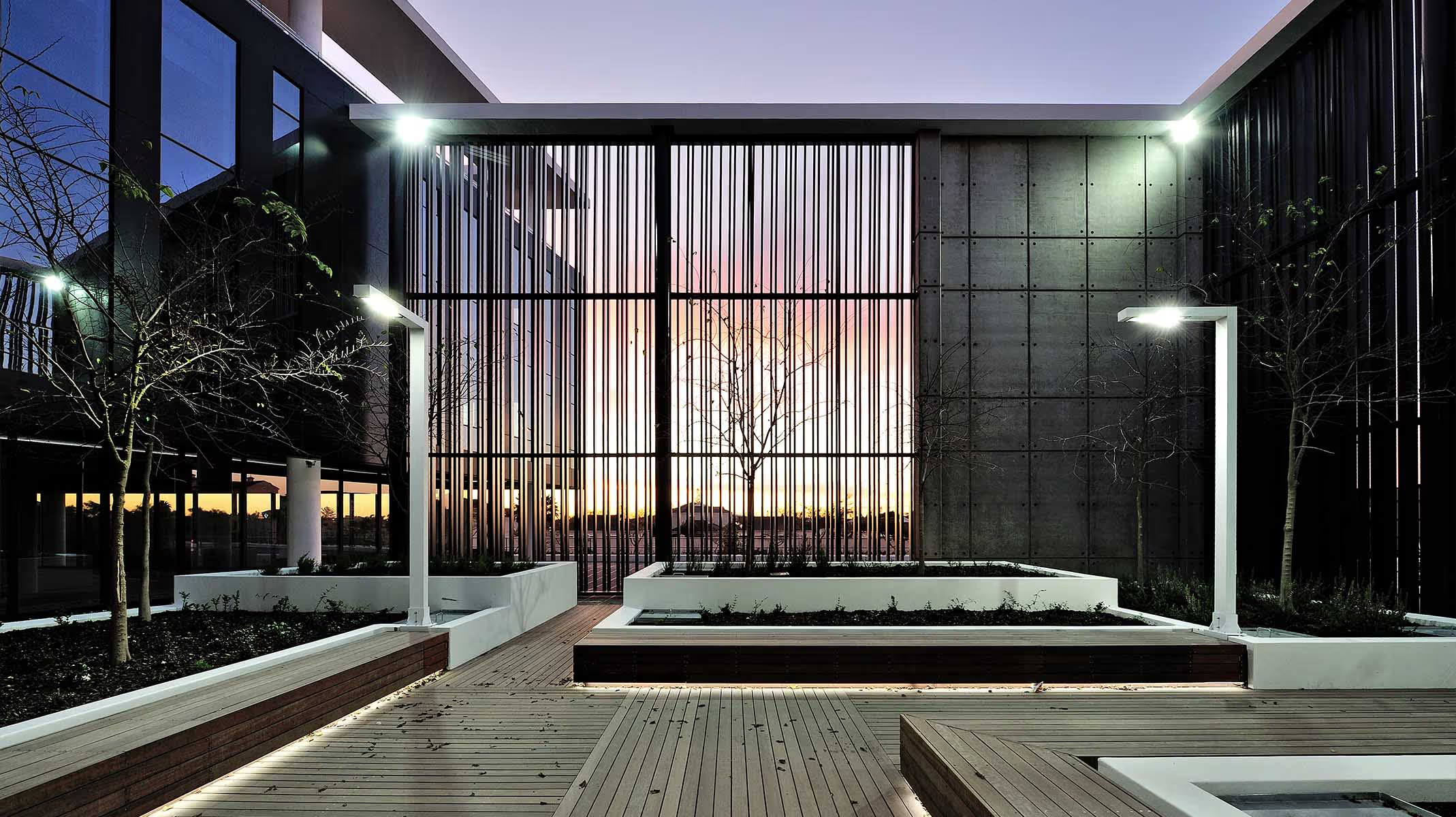
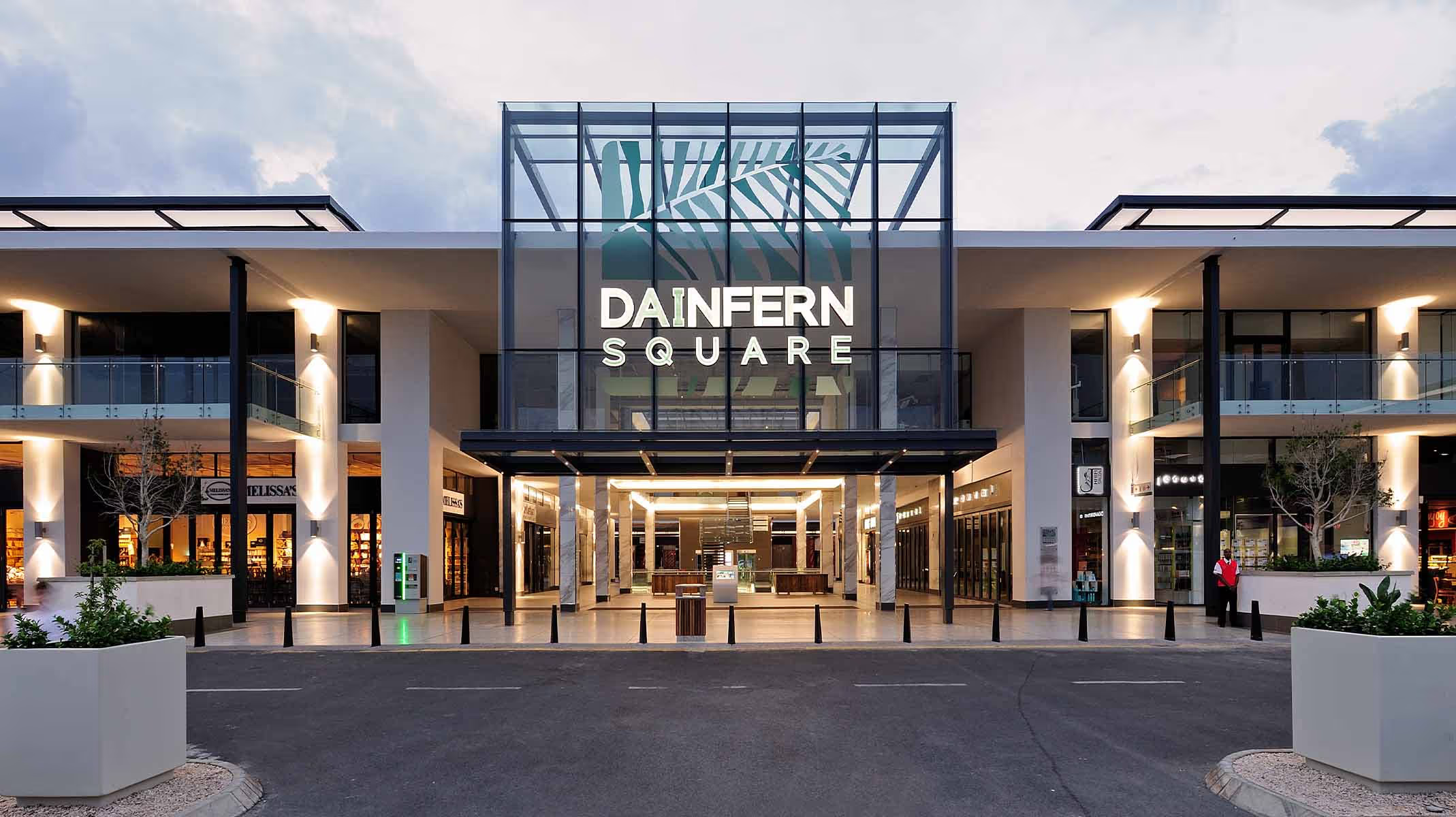

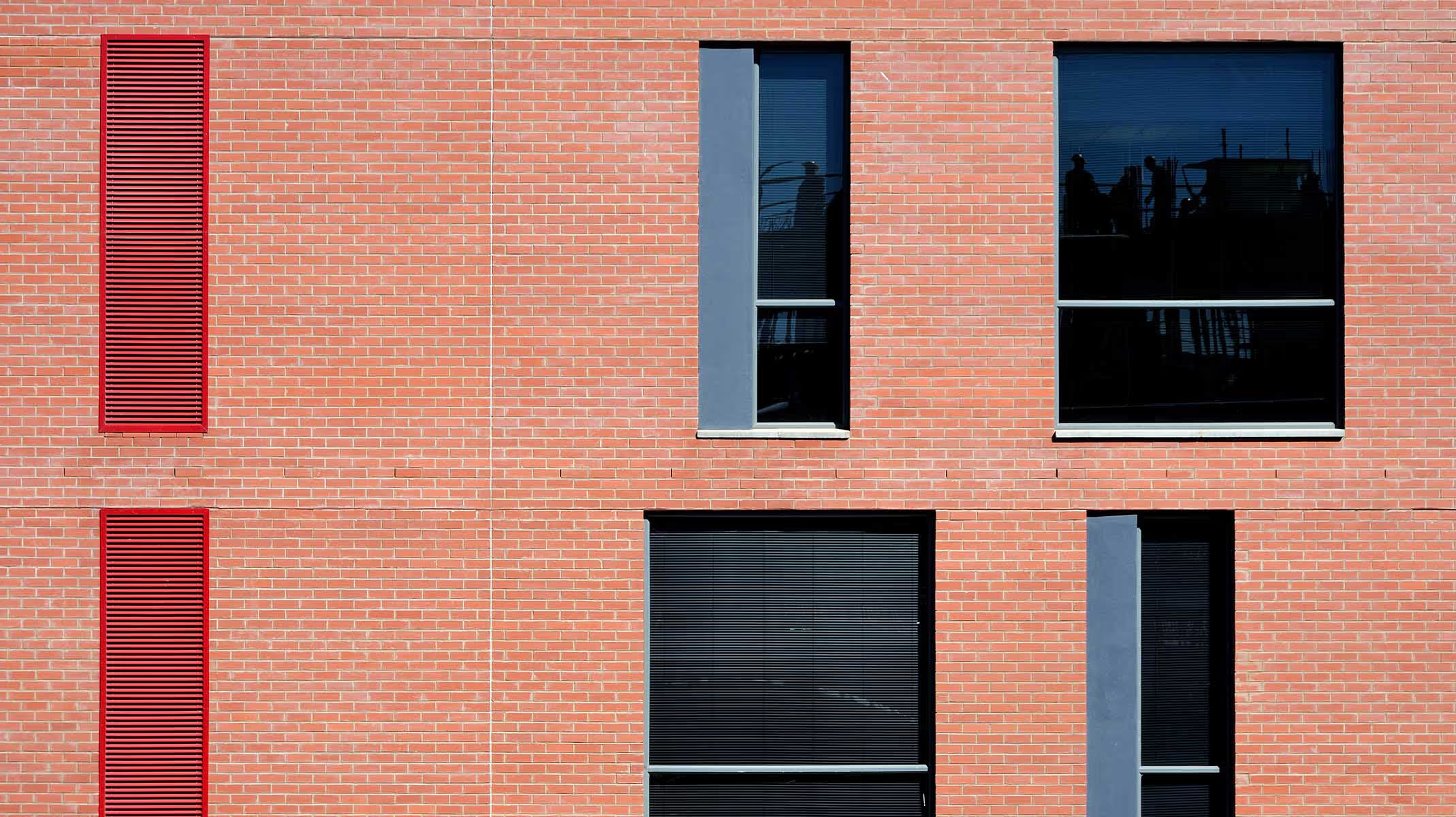

.avif)
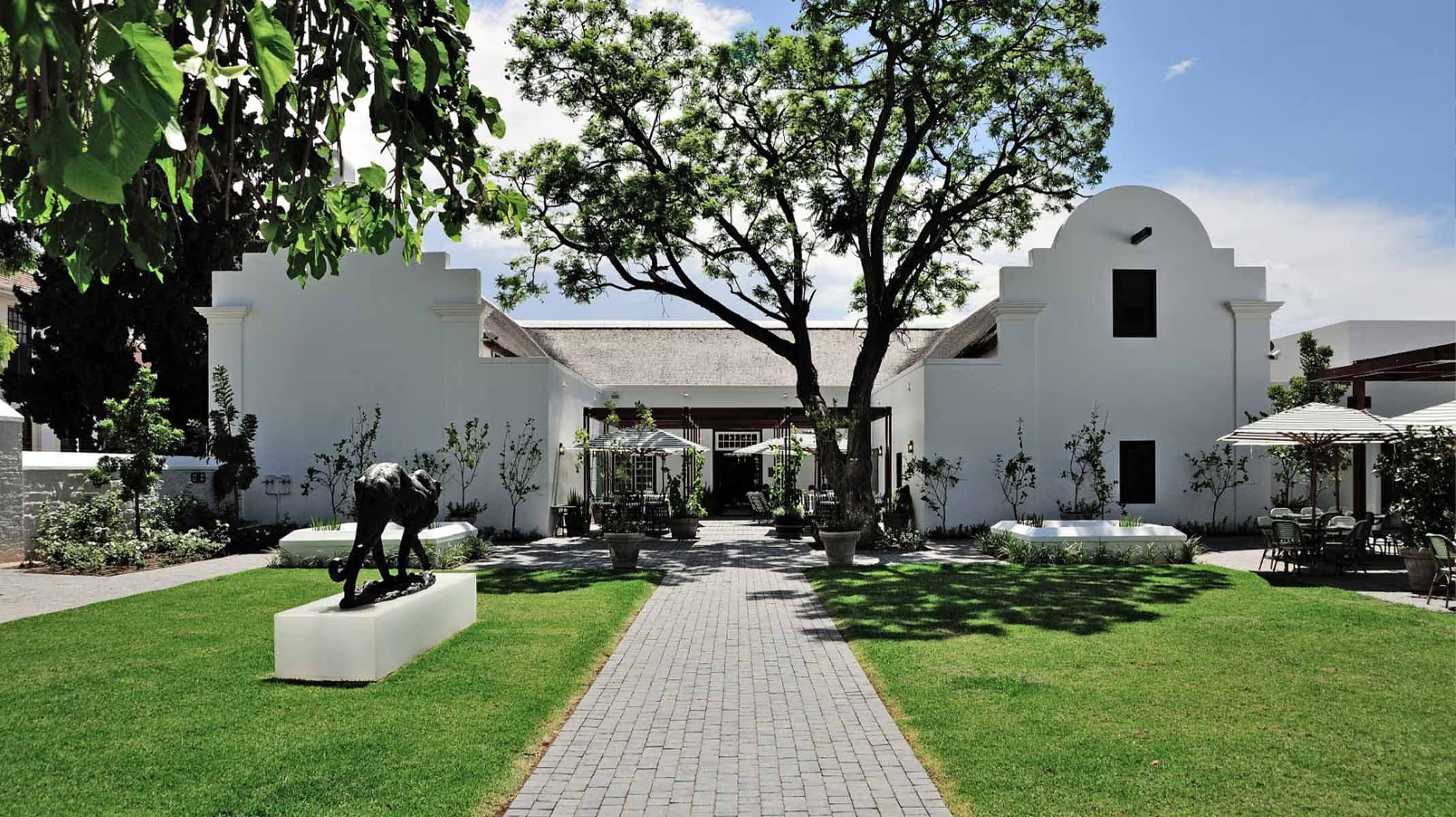
.avif)
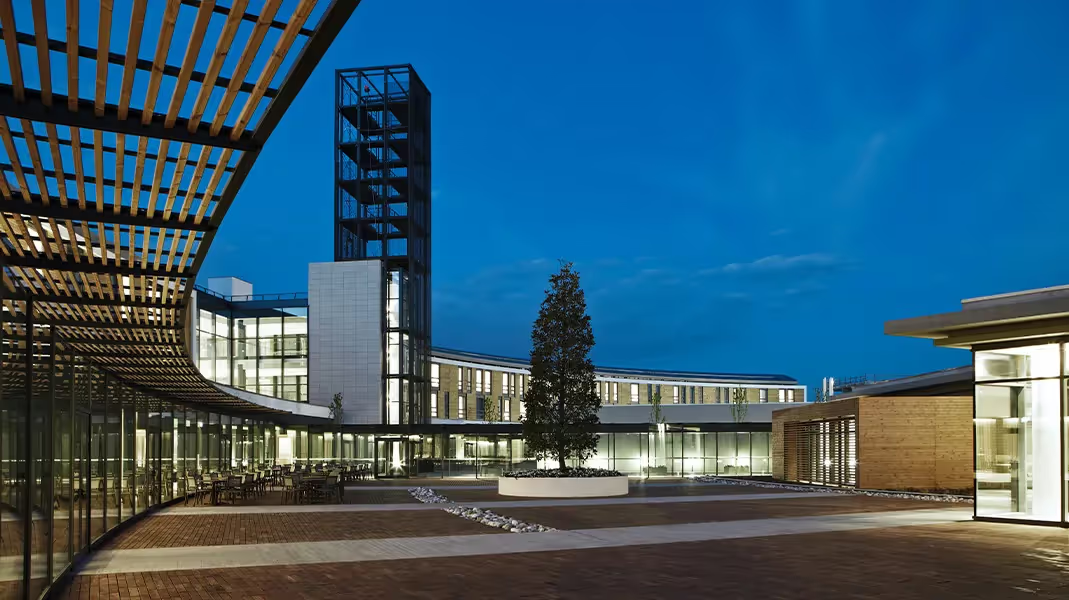
.avif)
